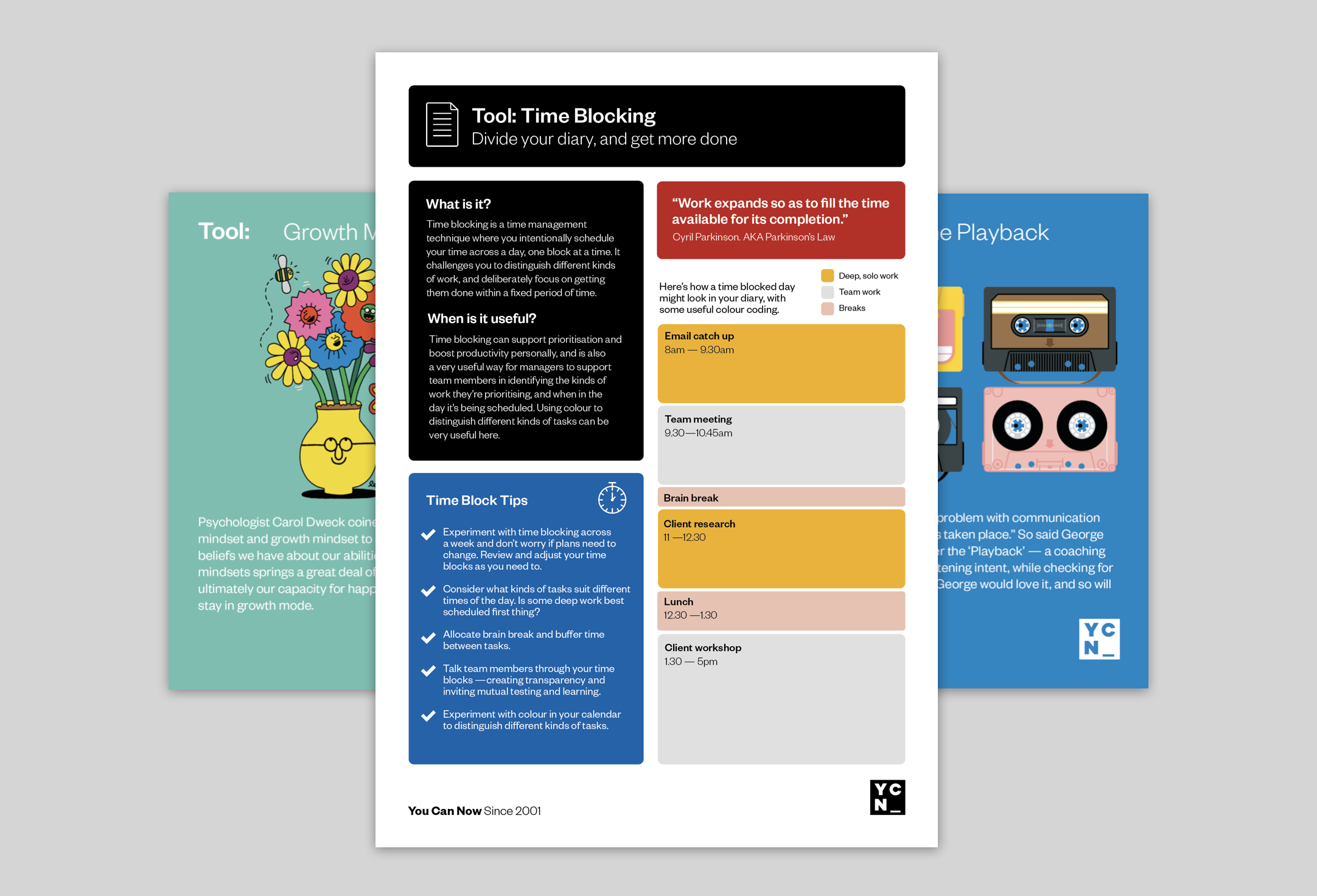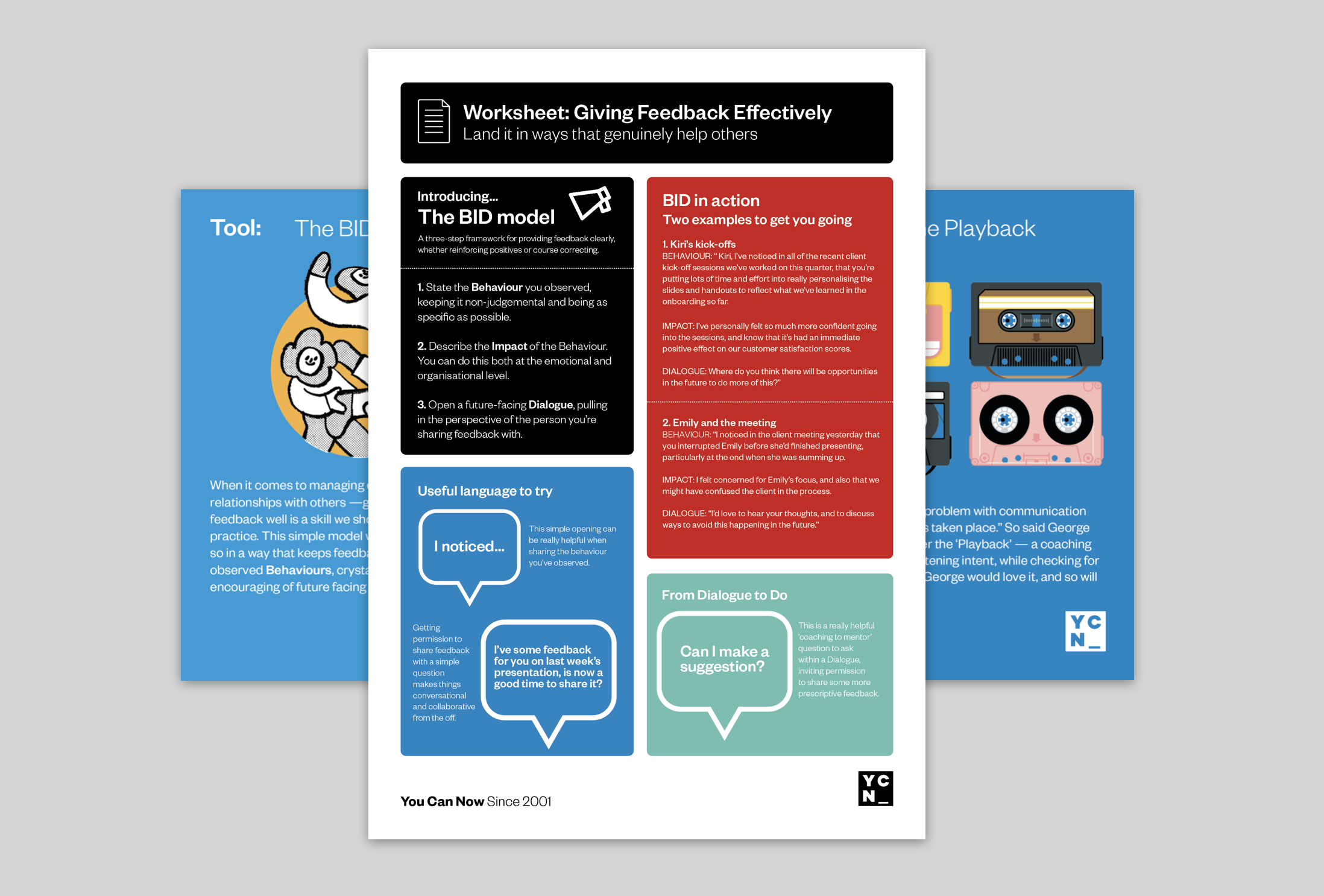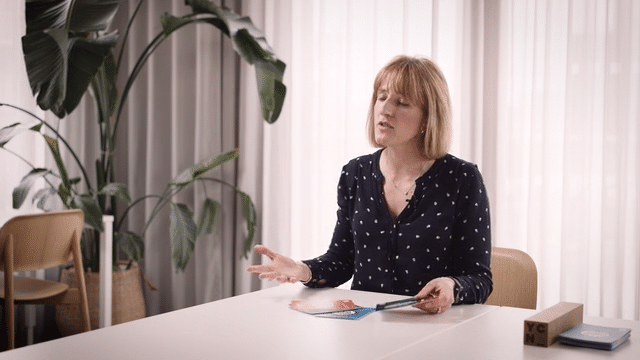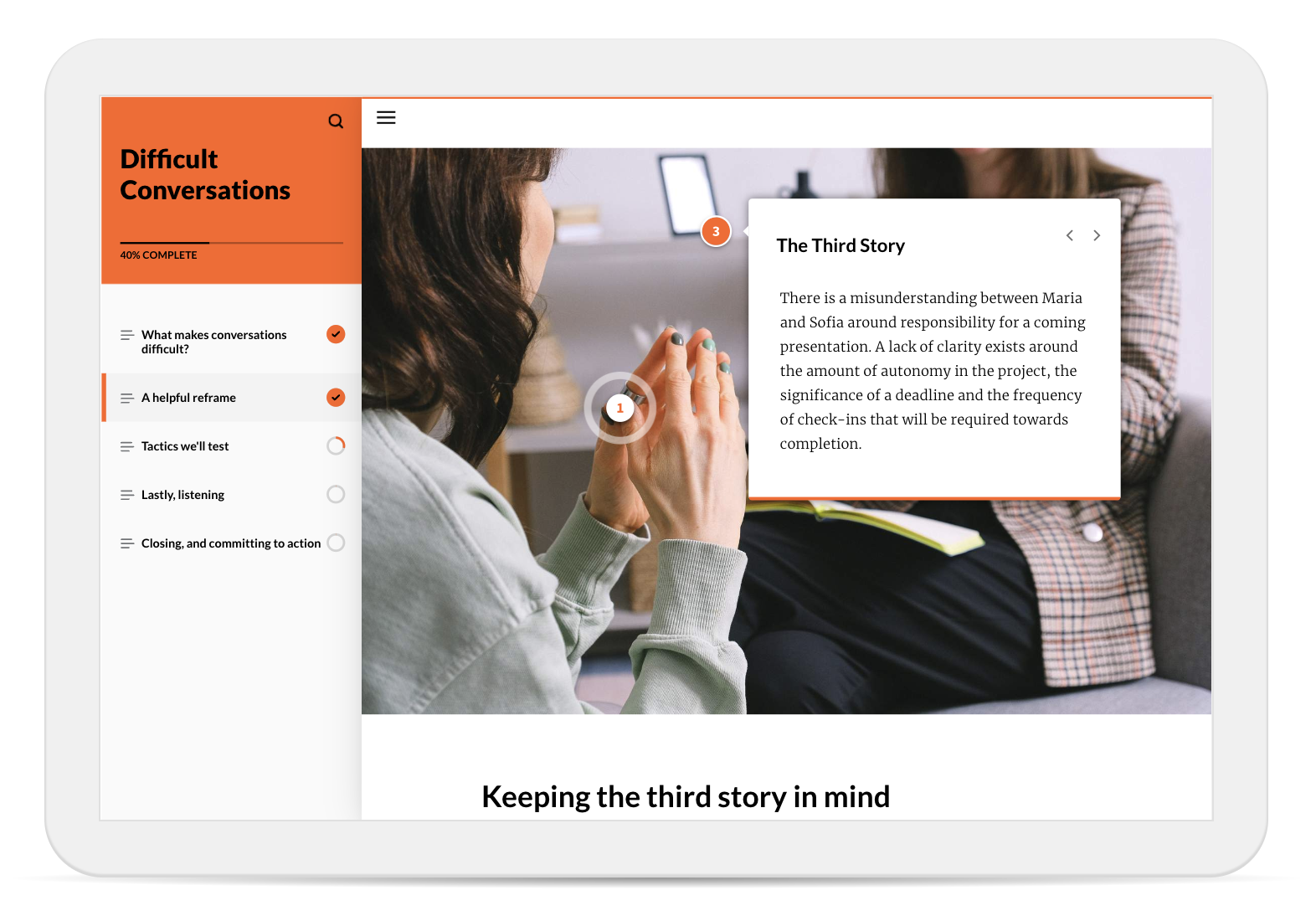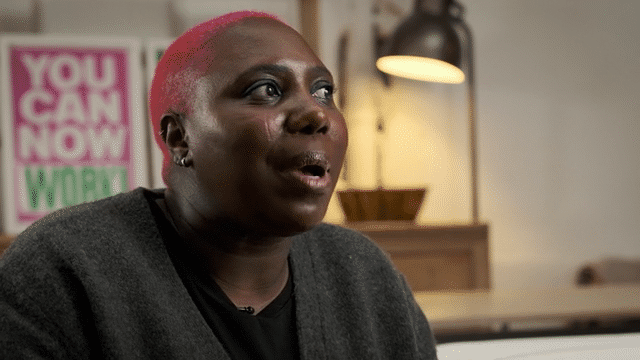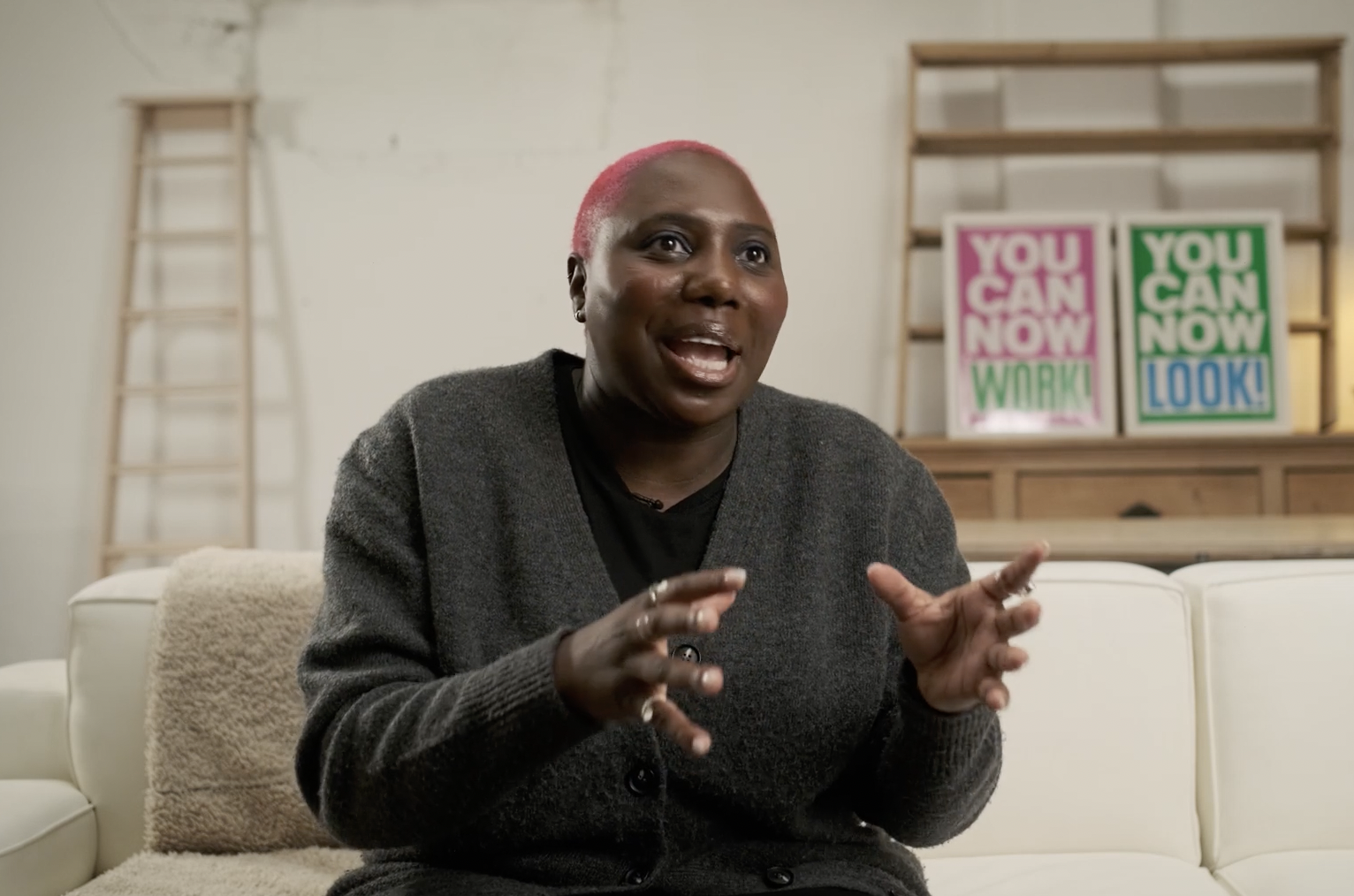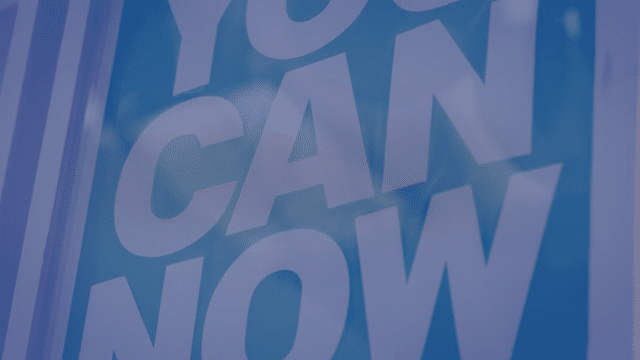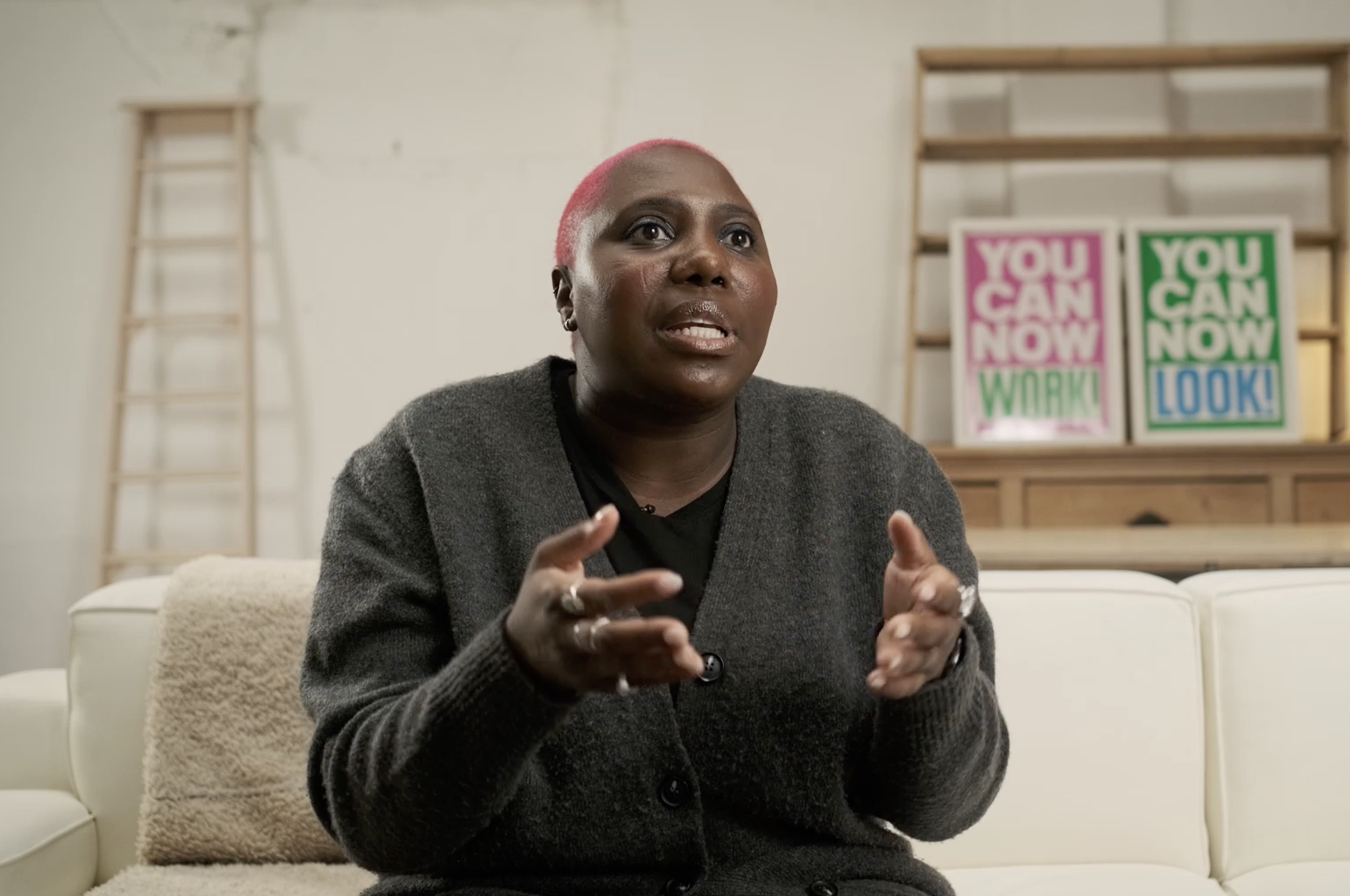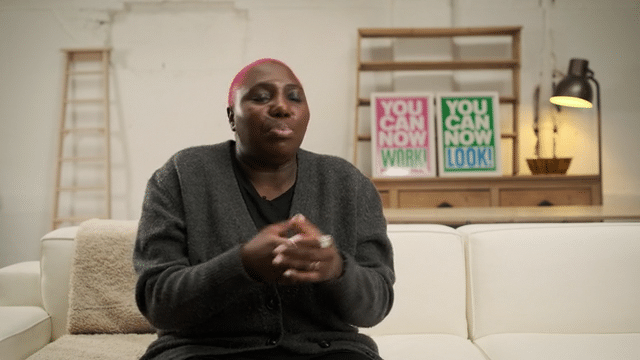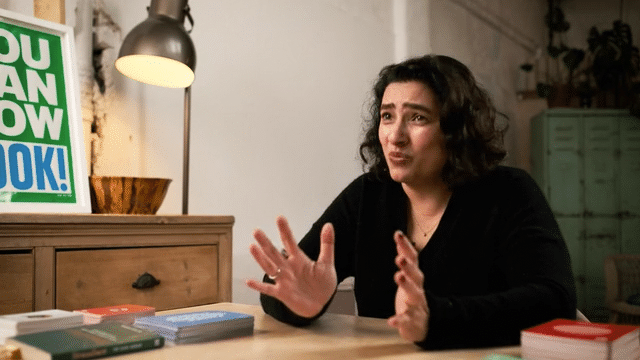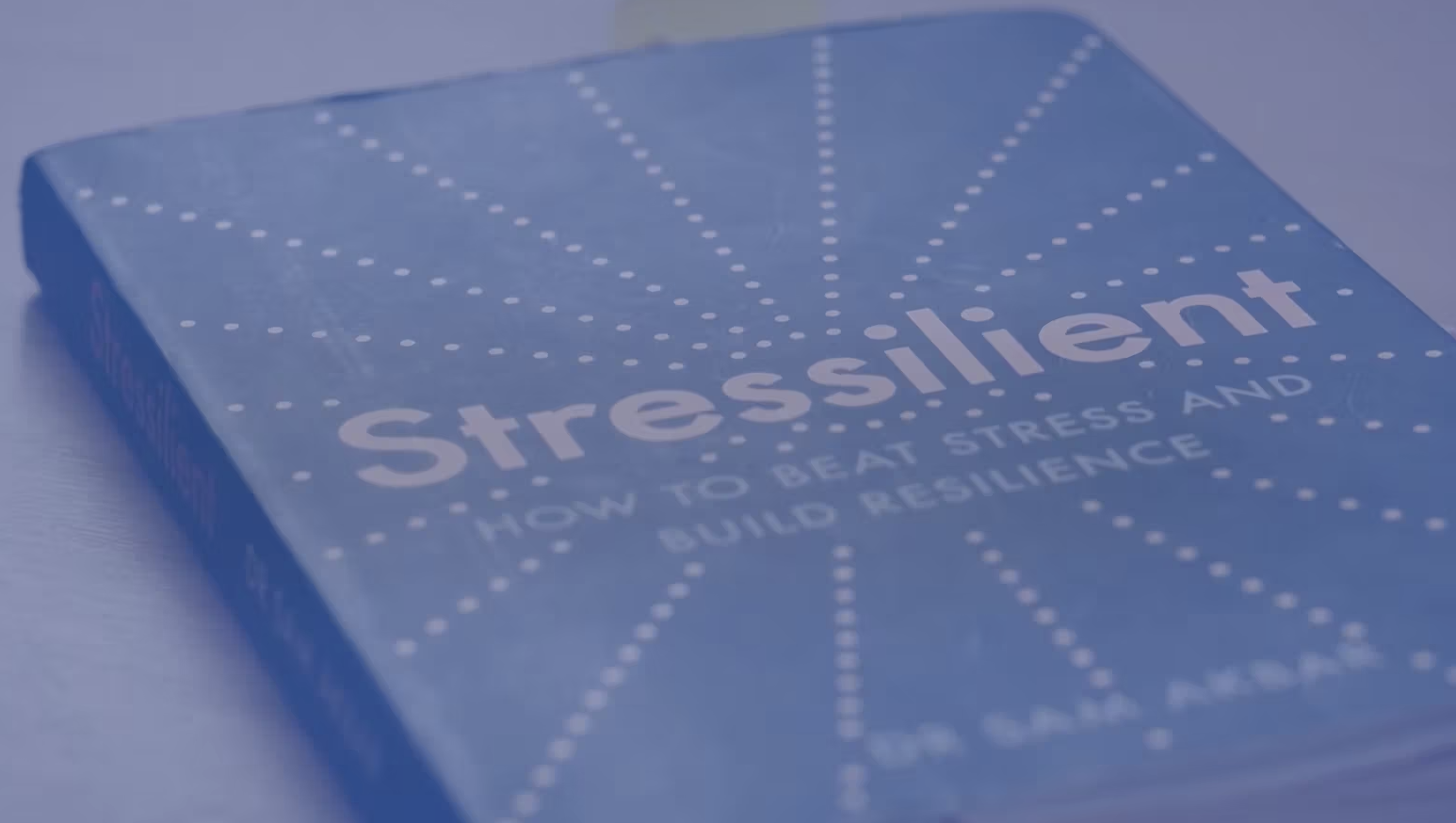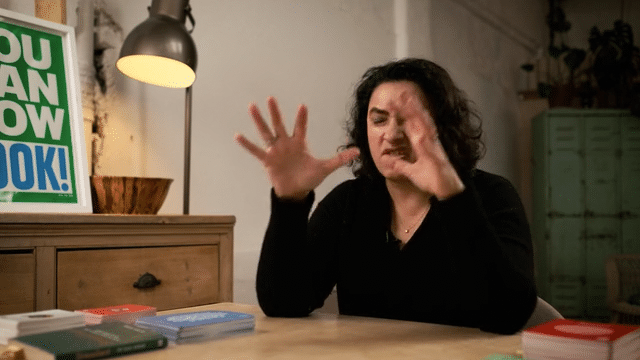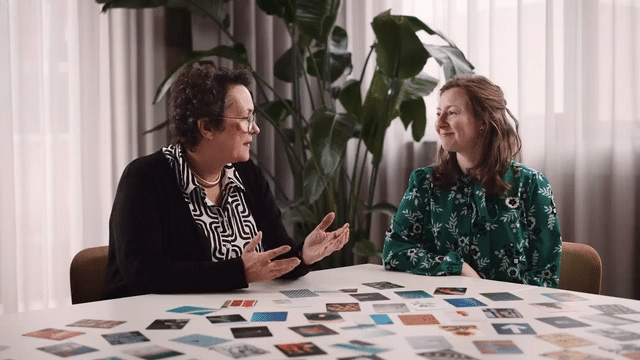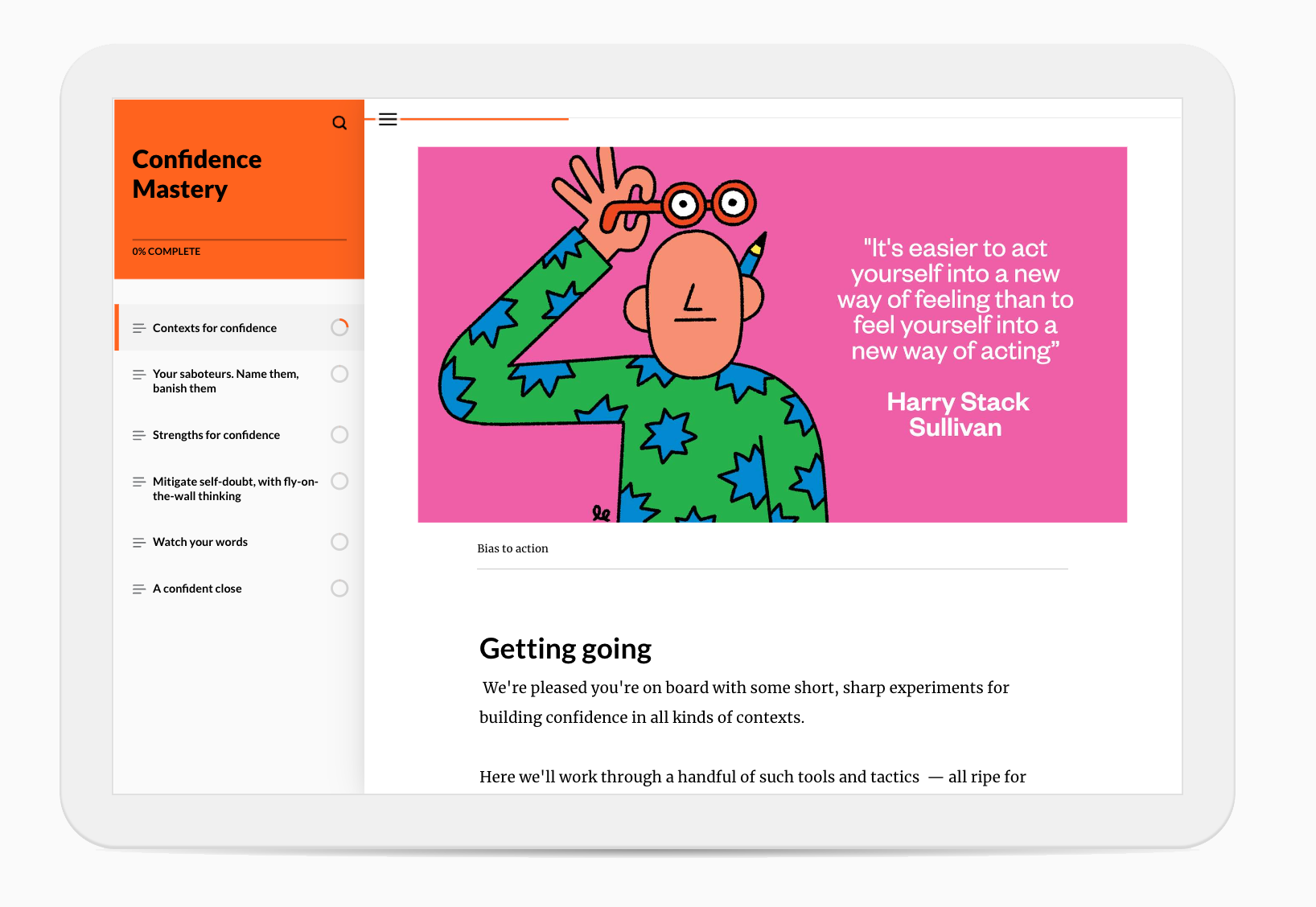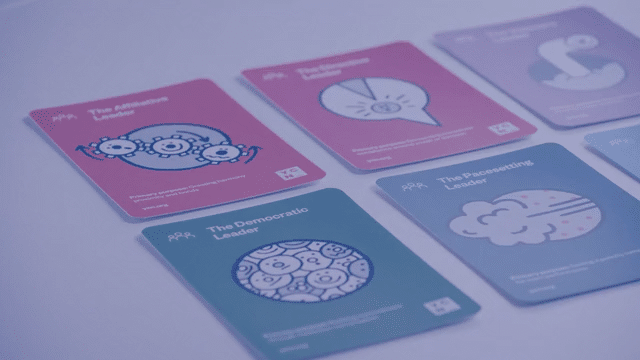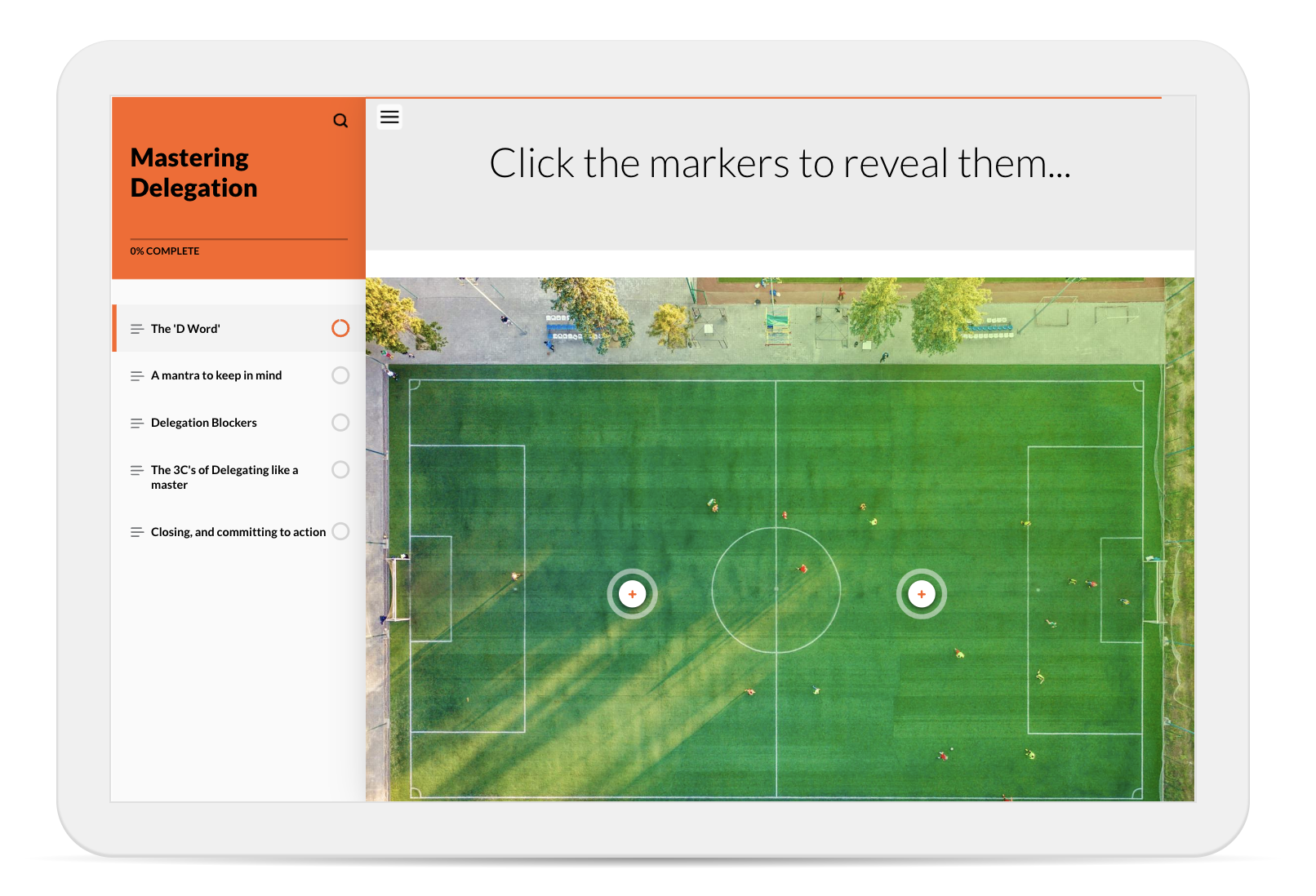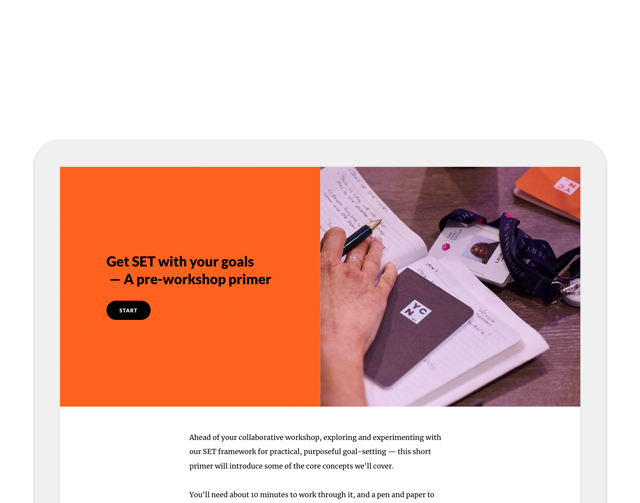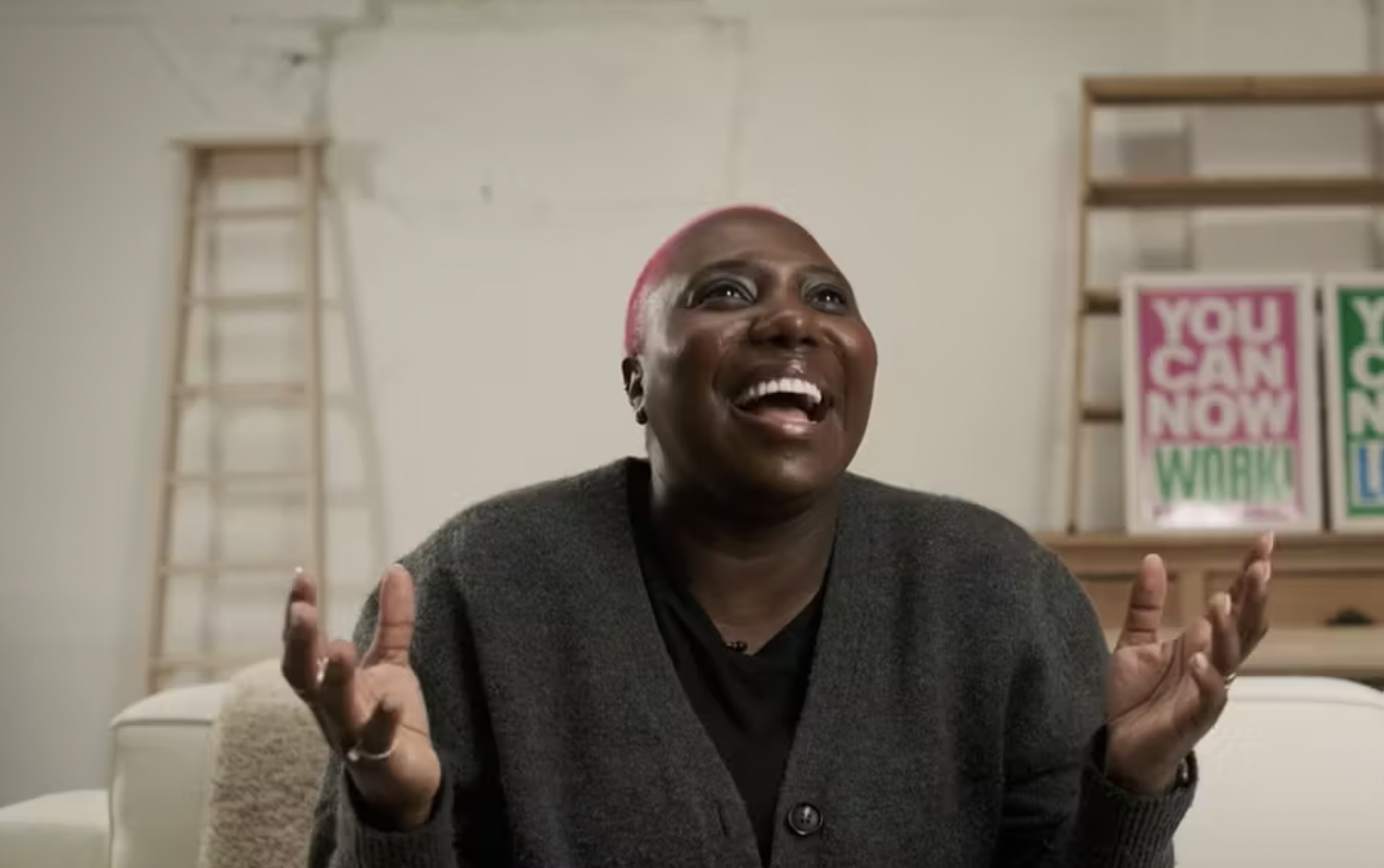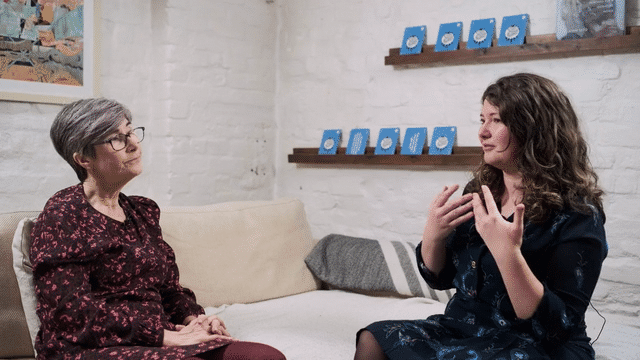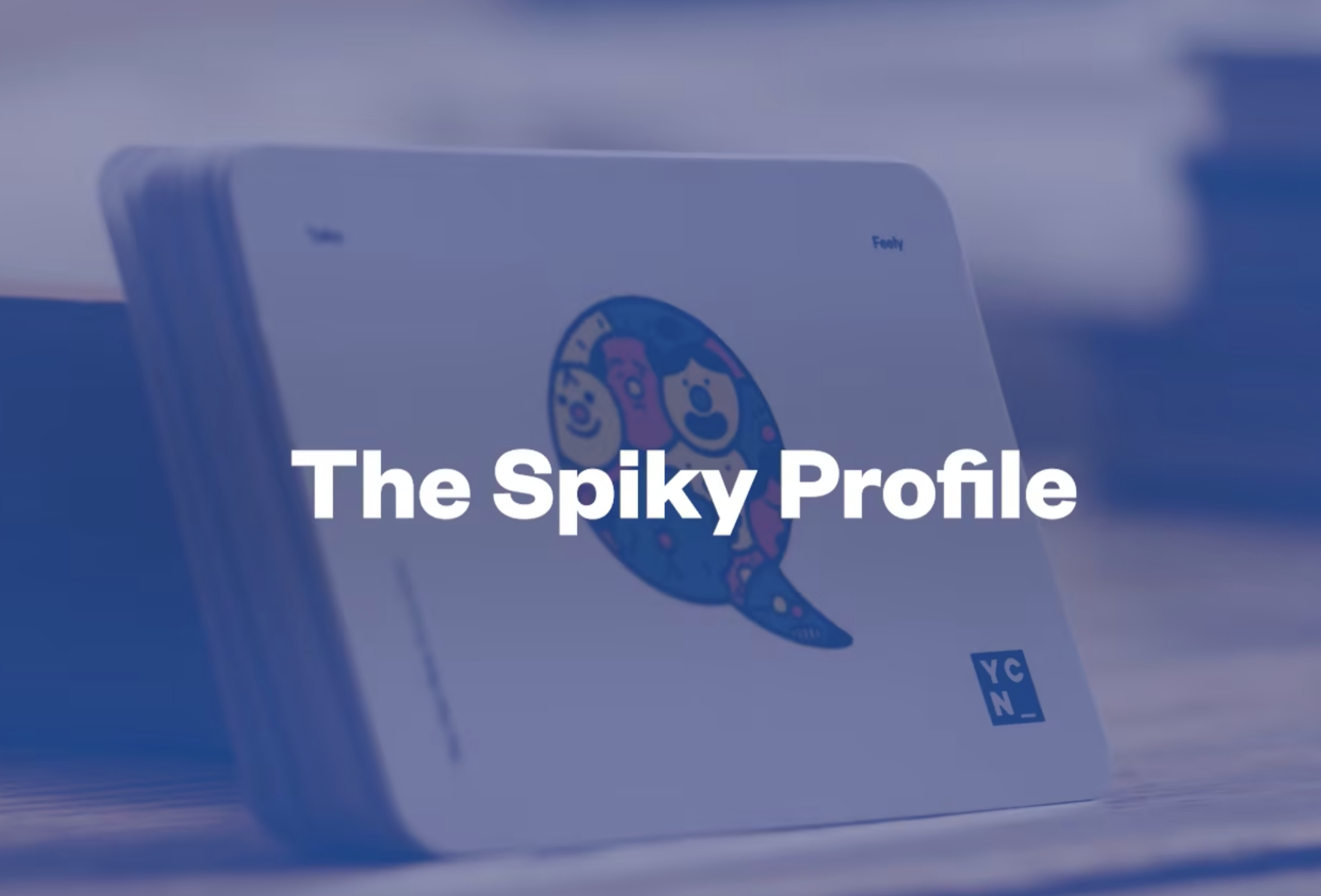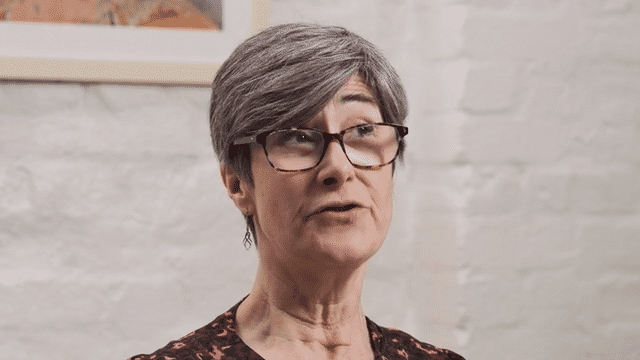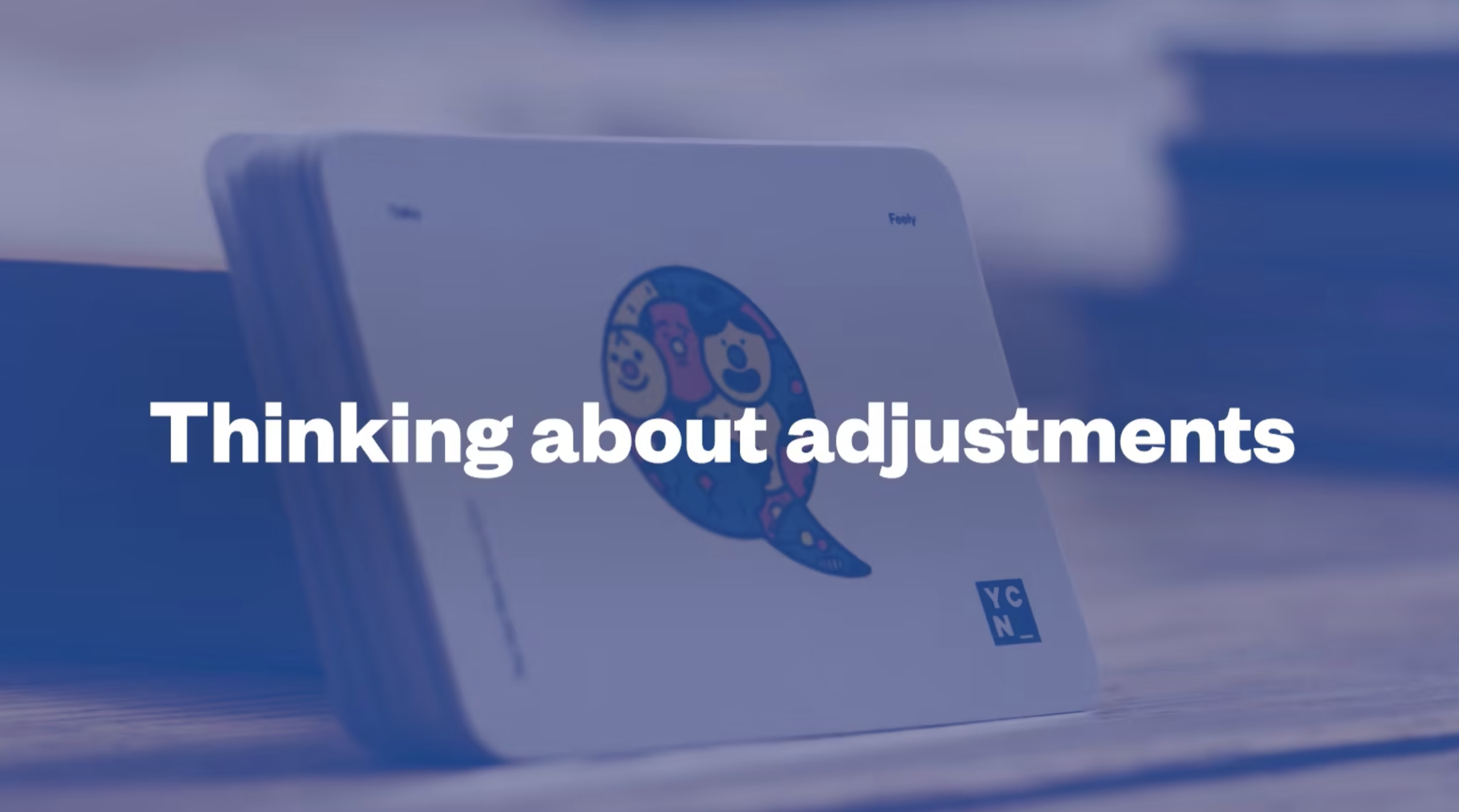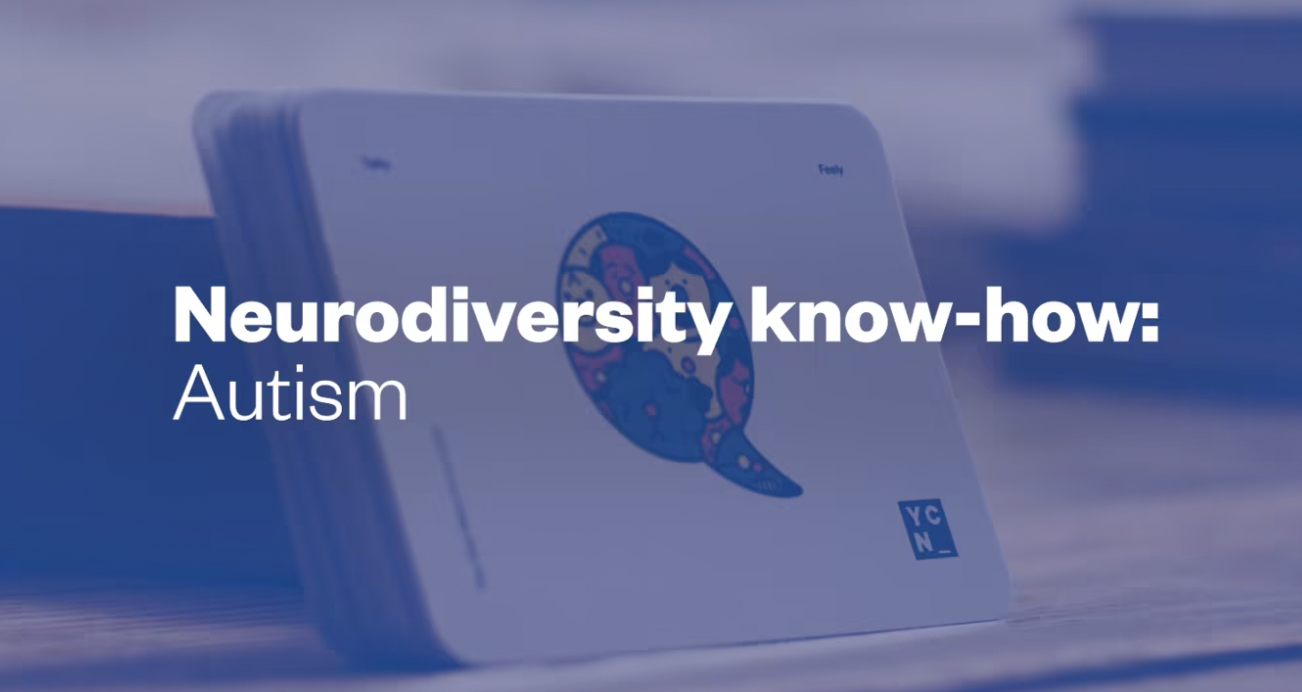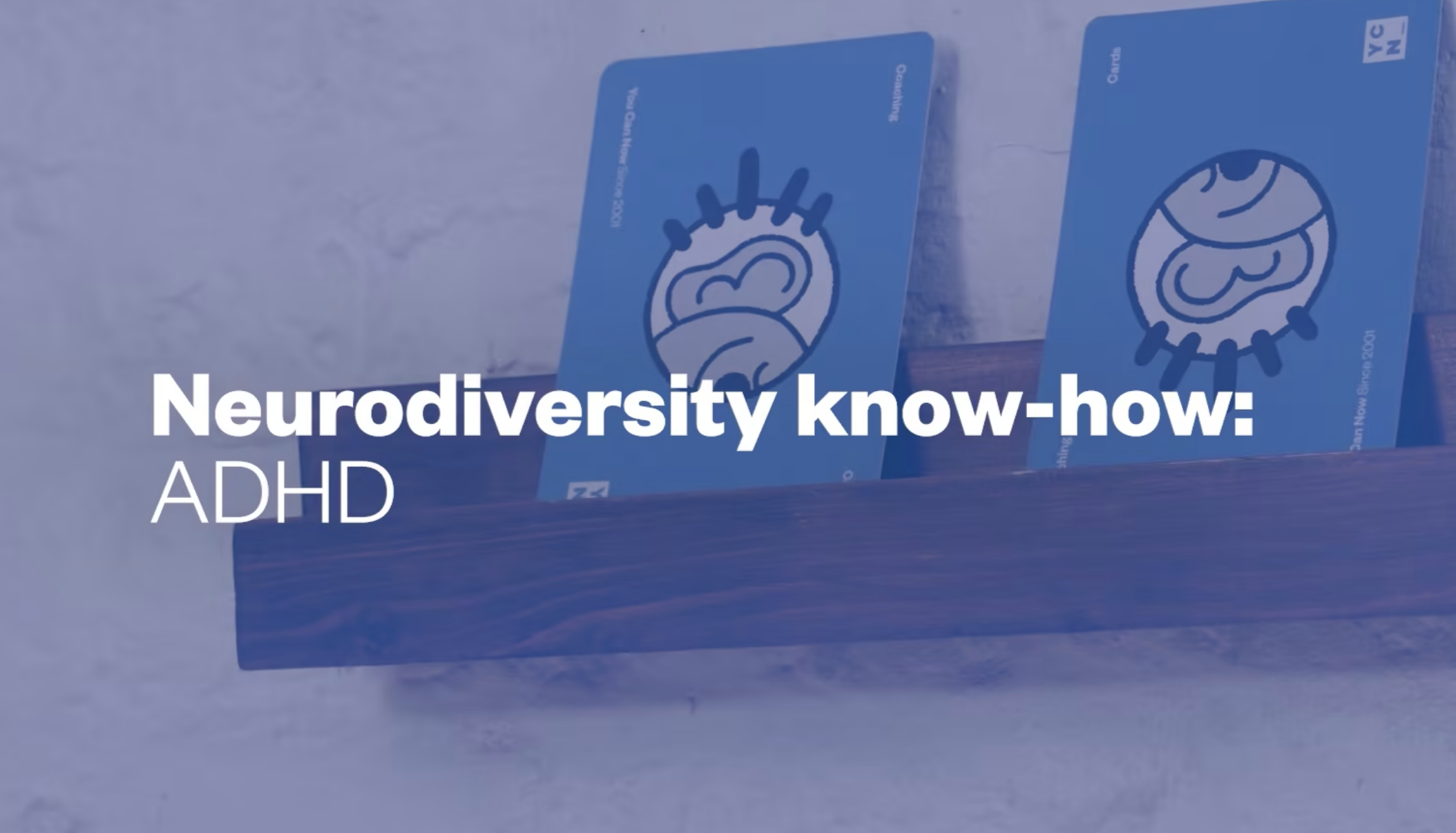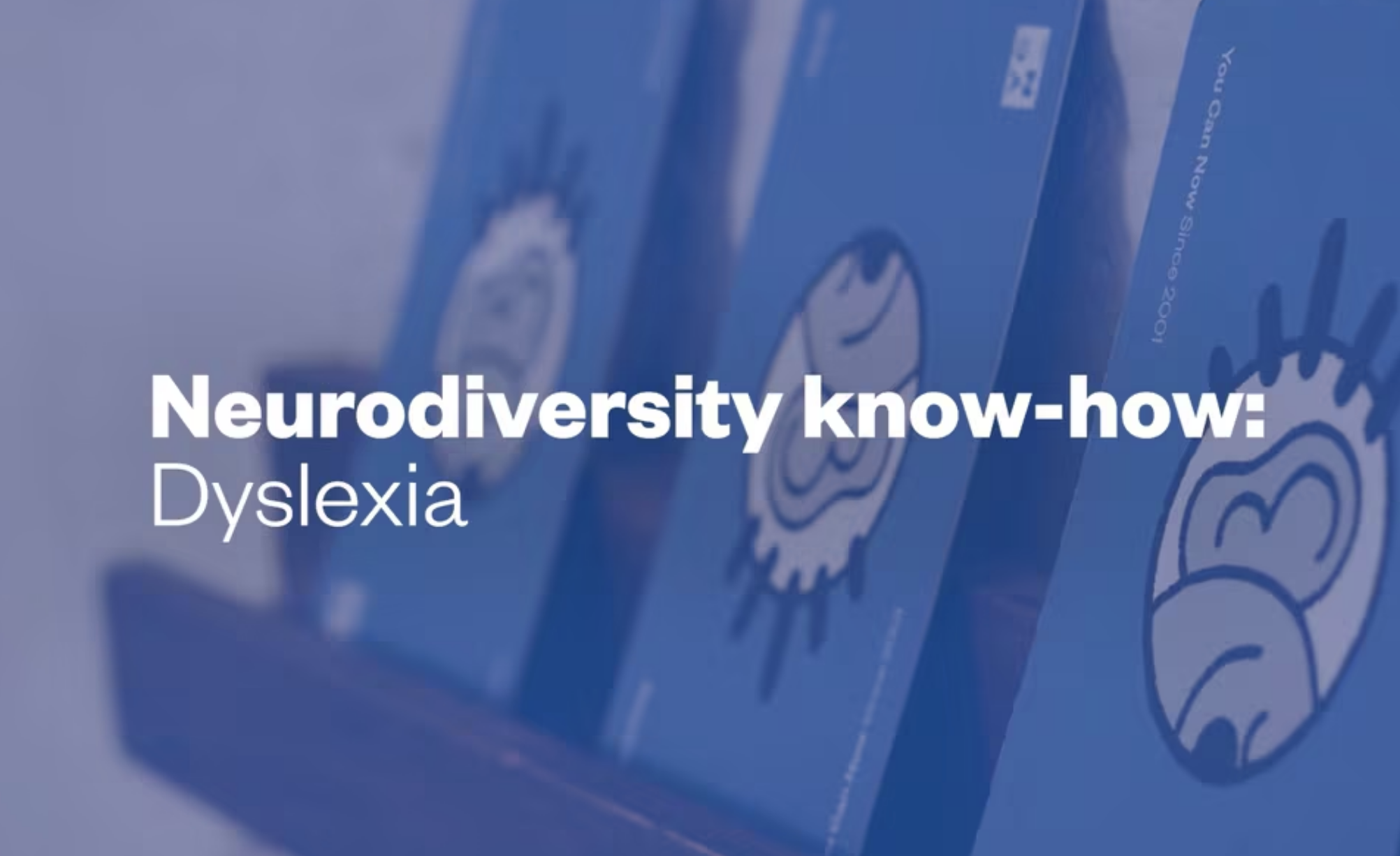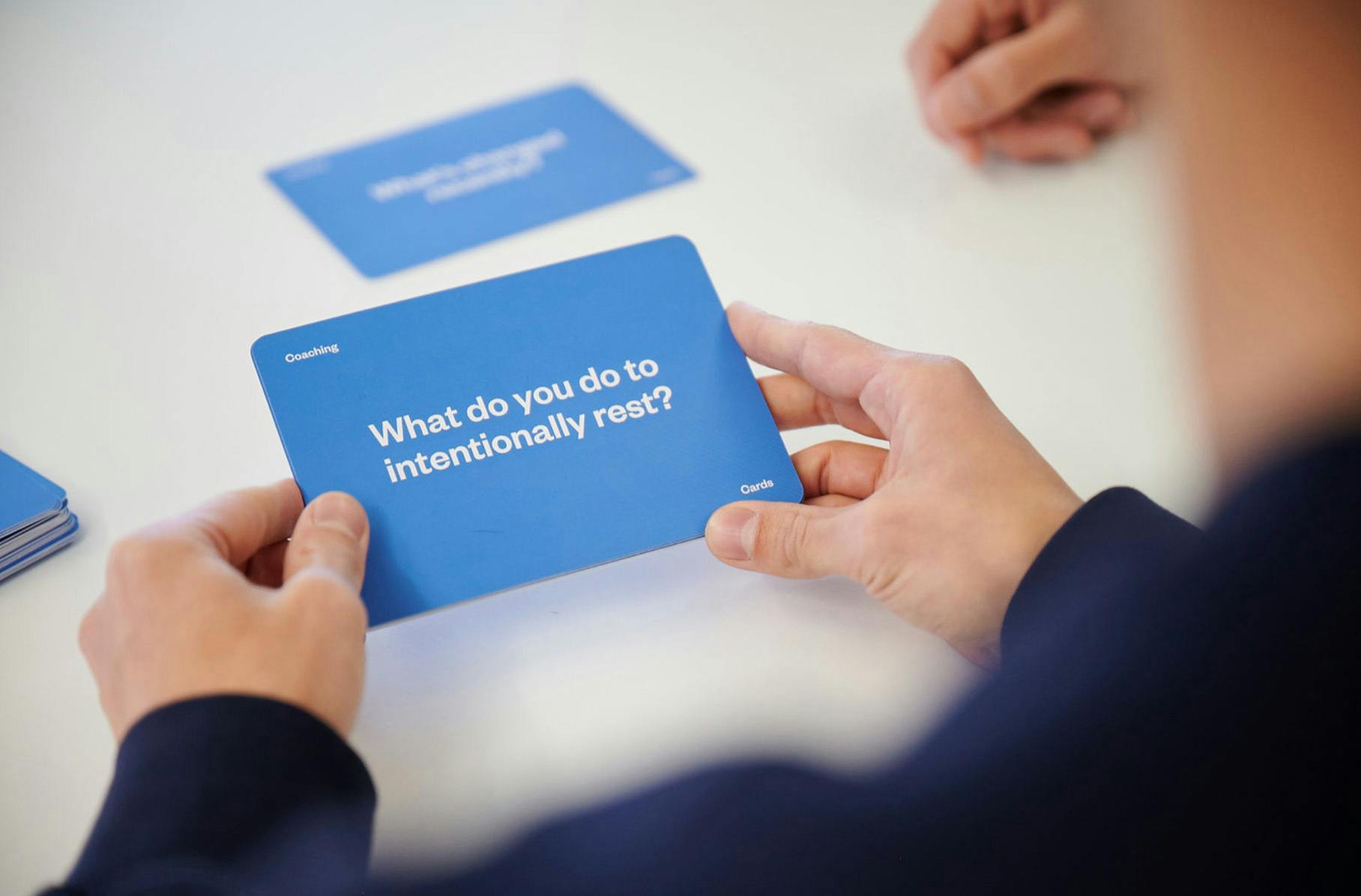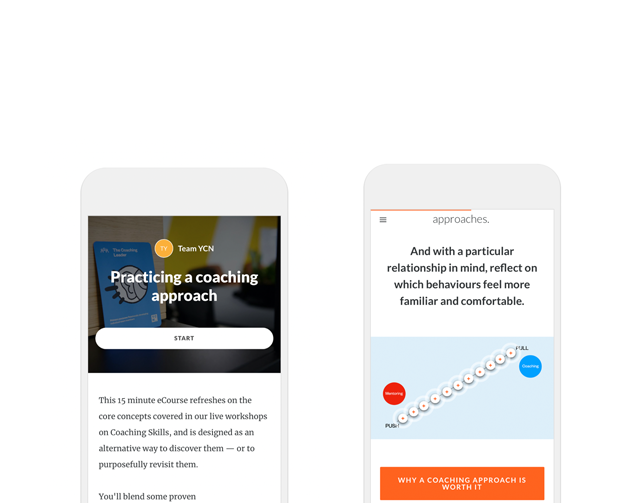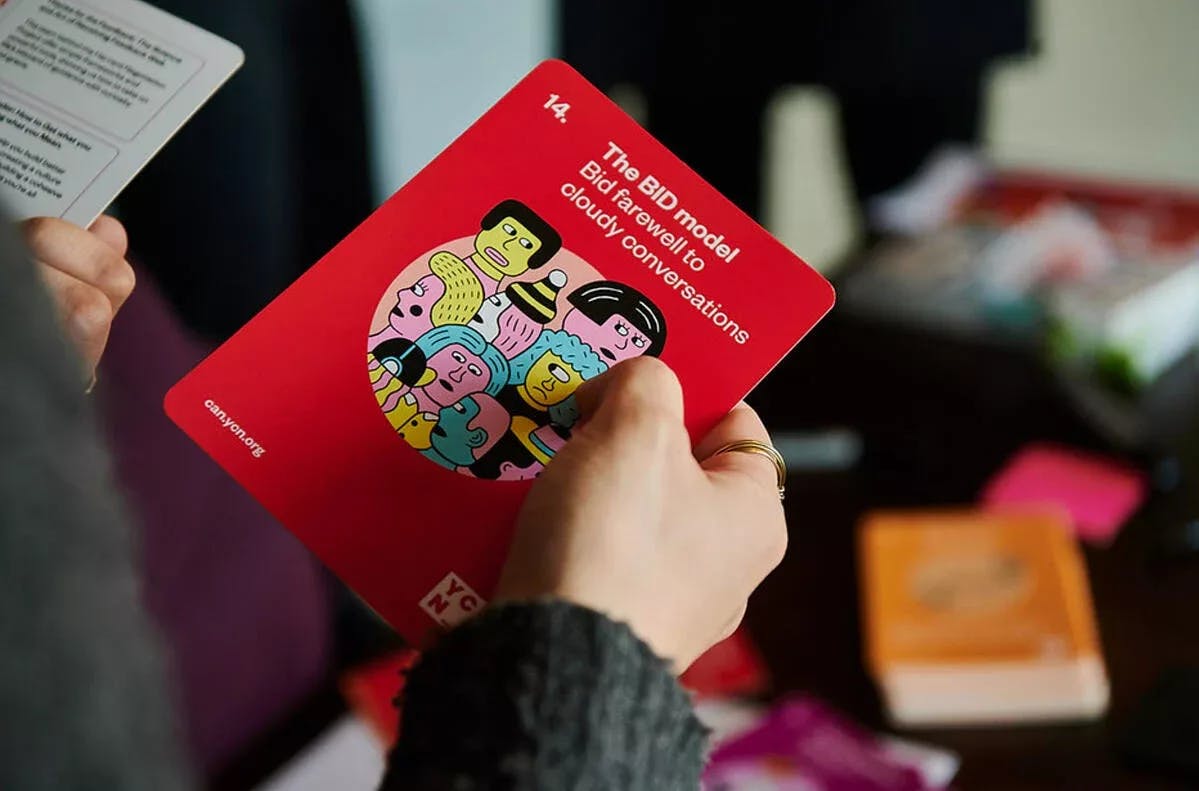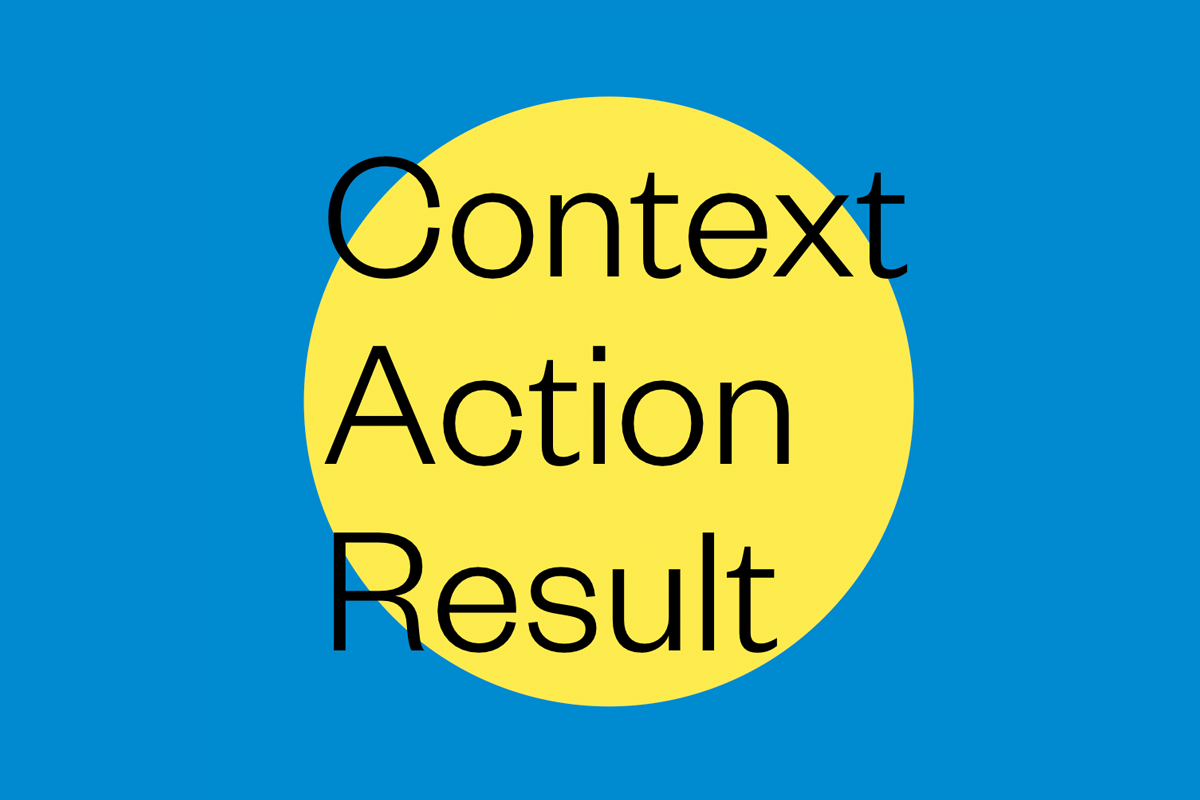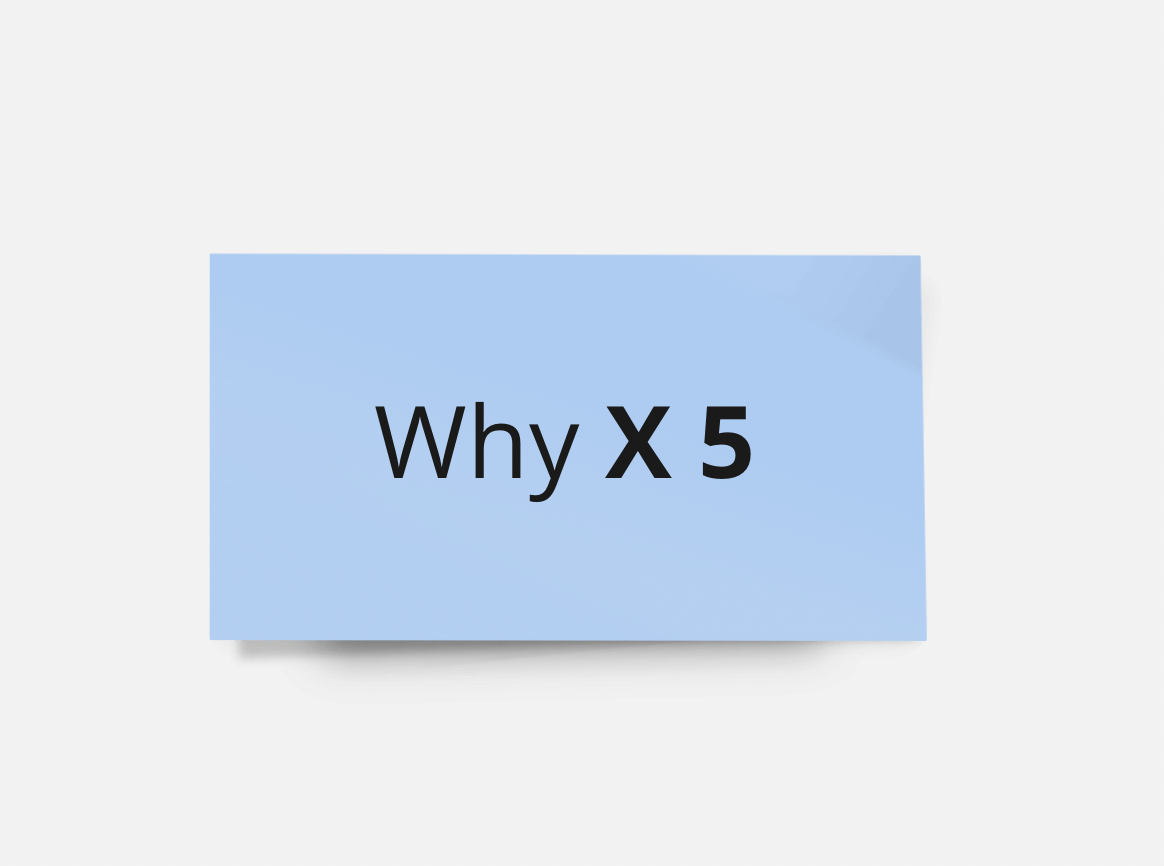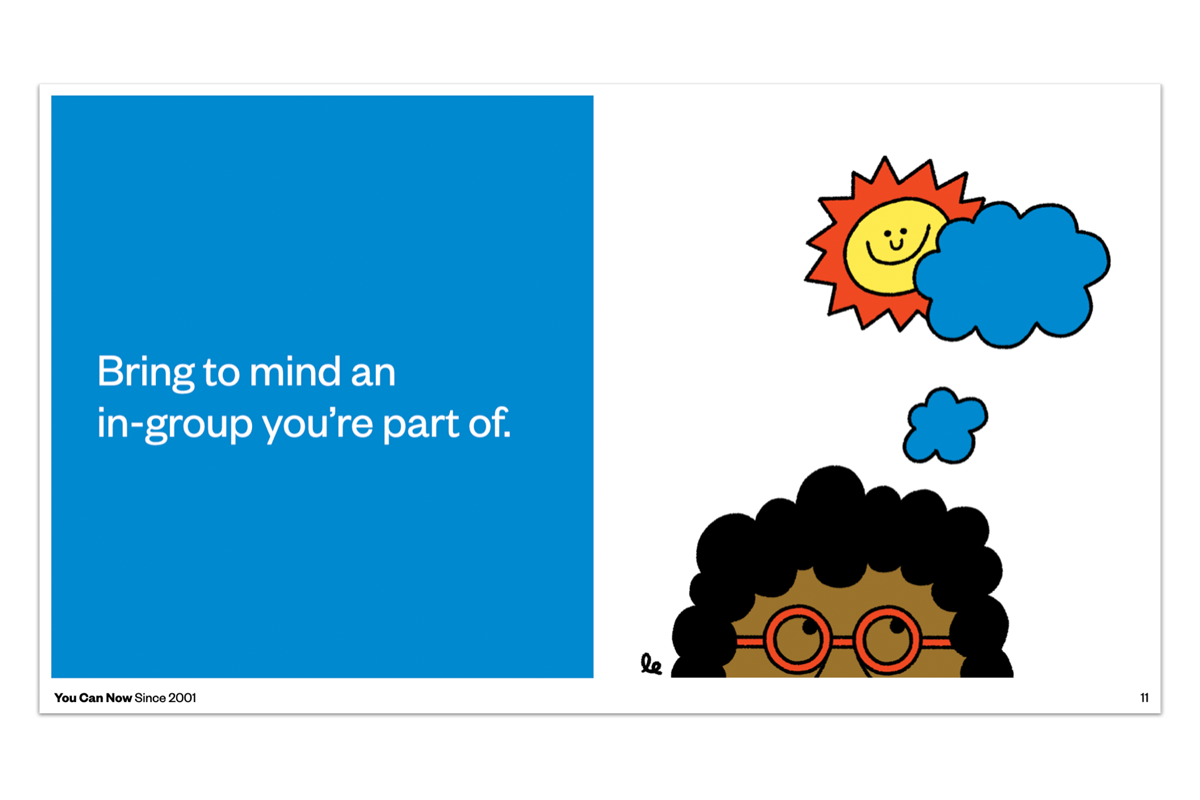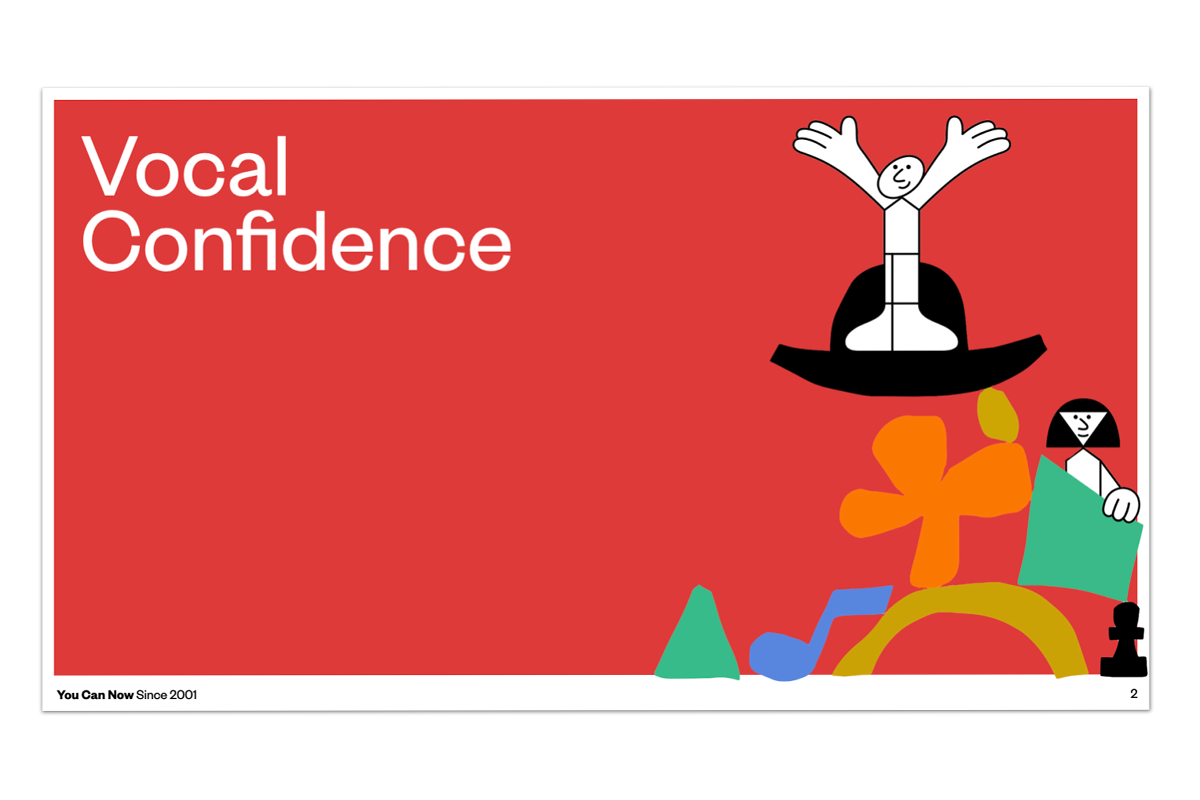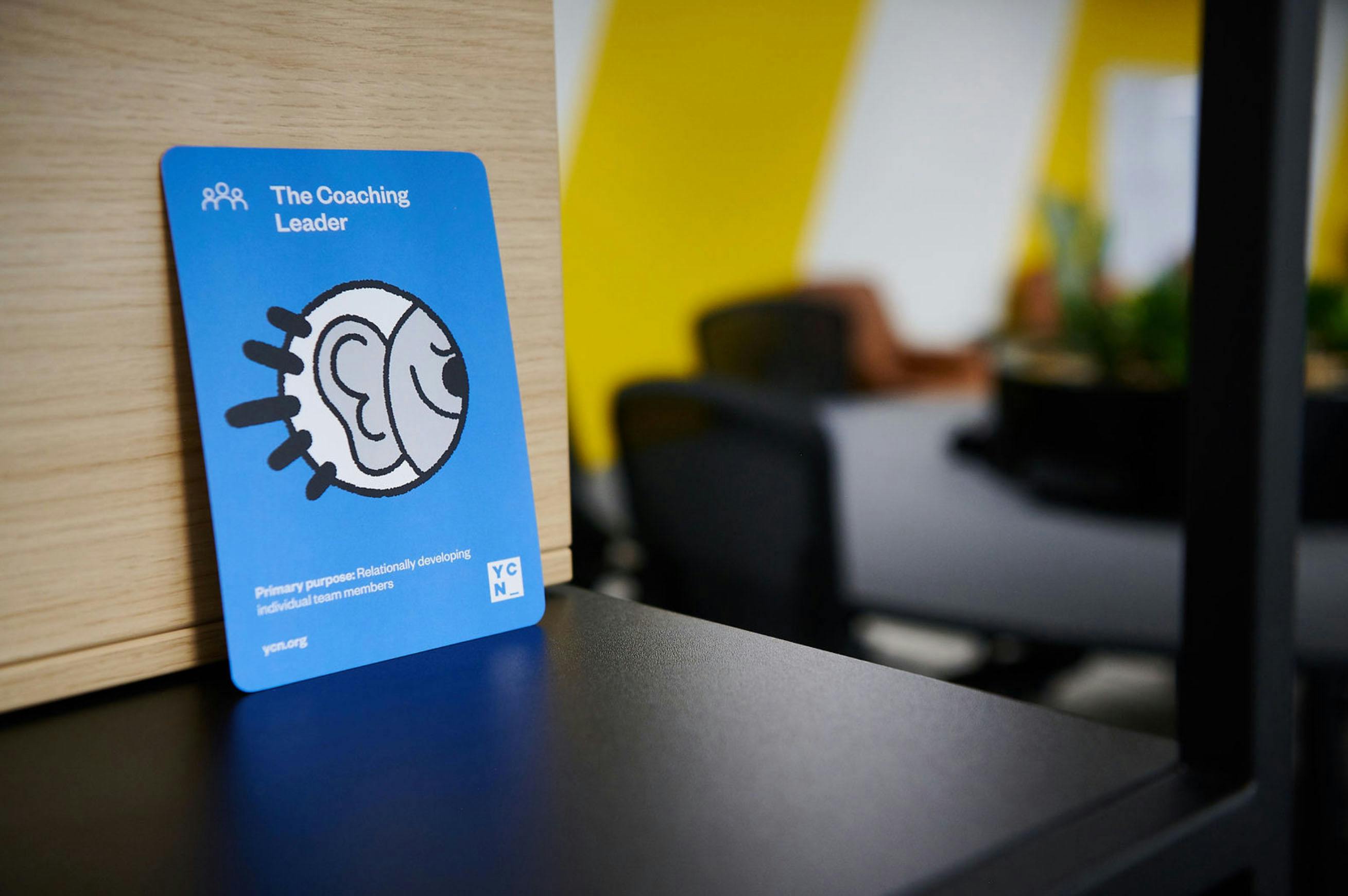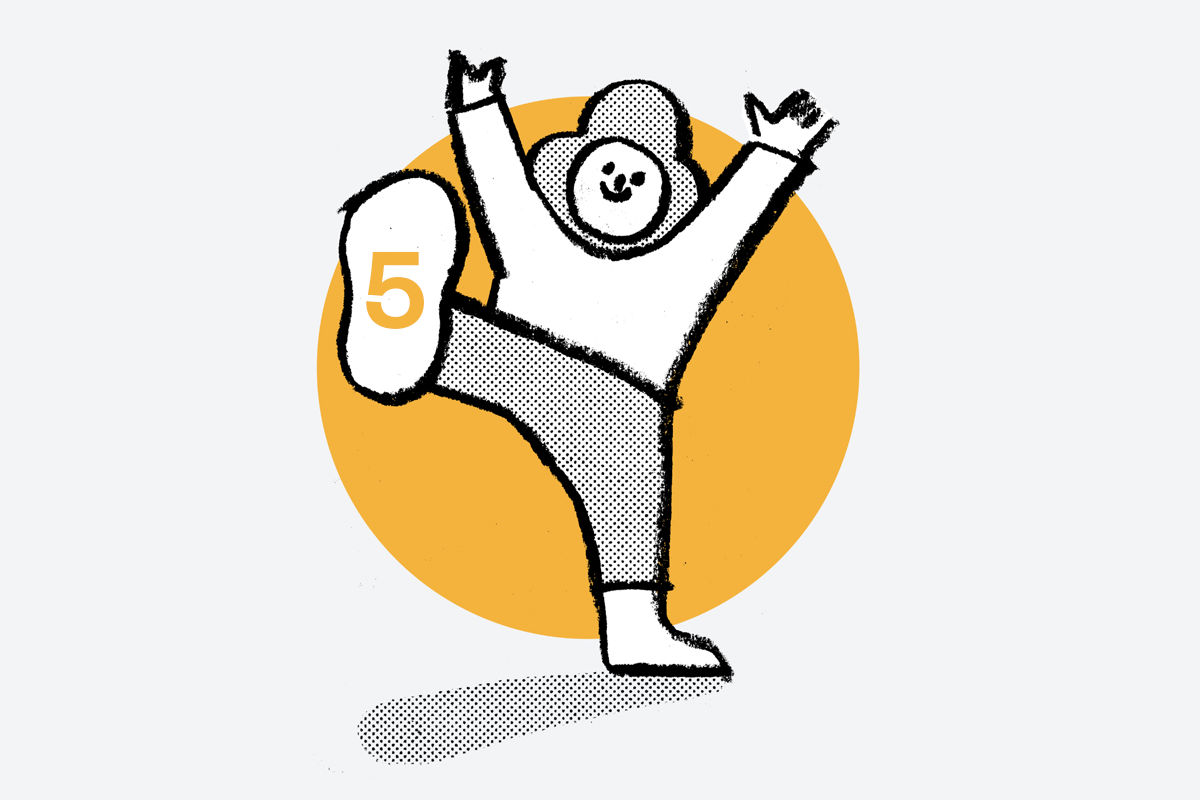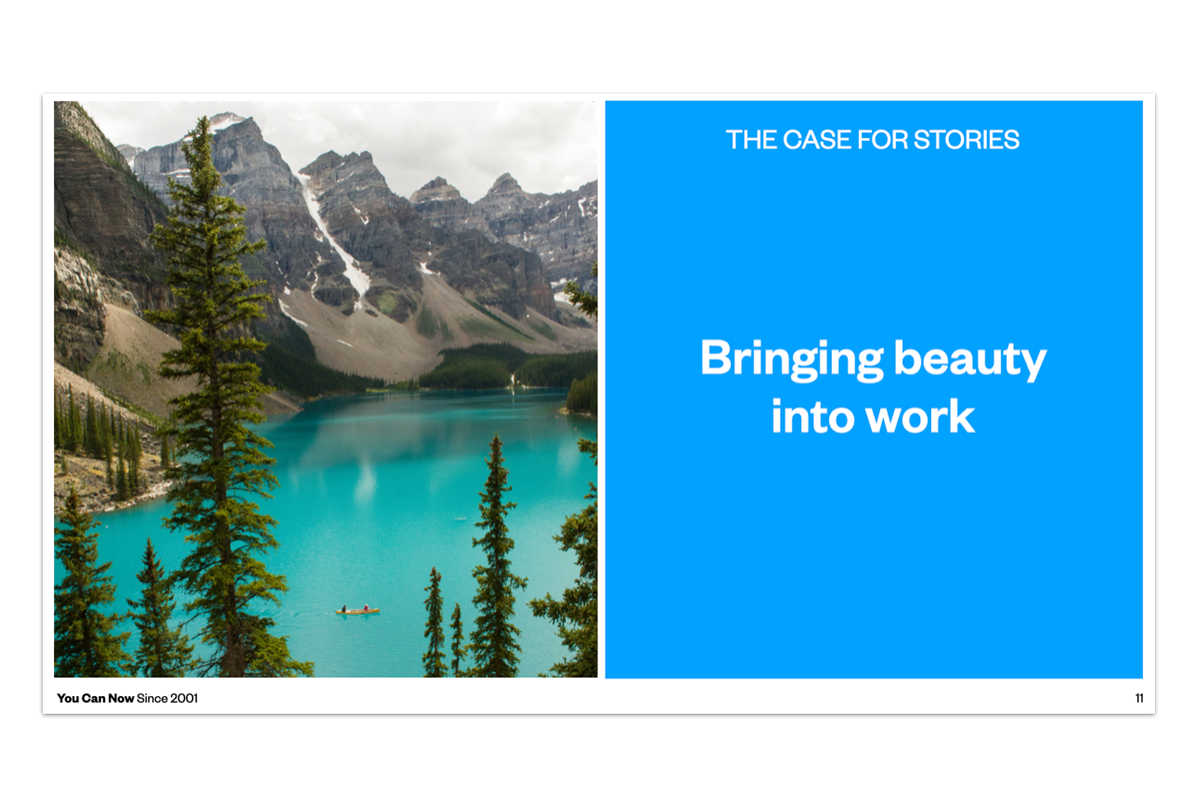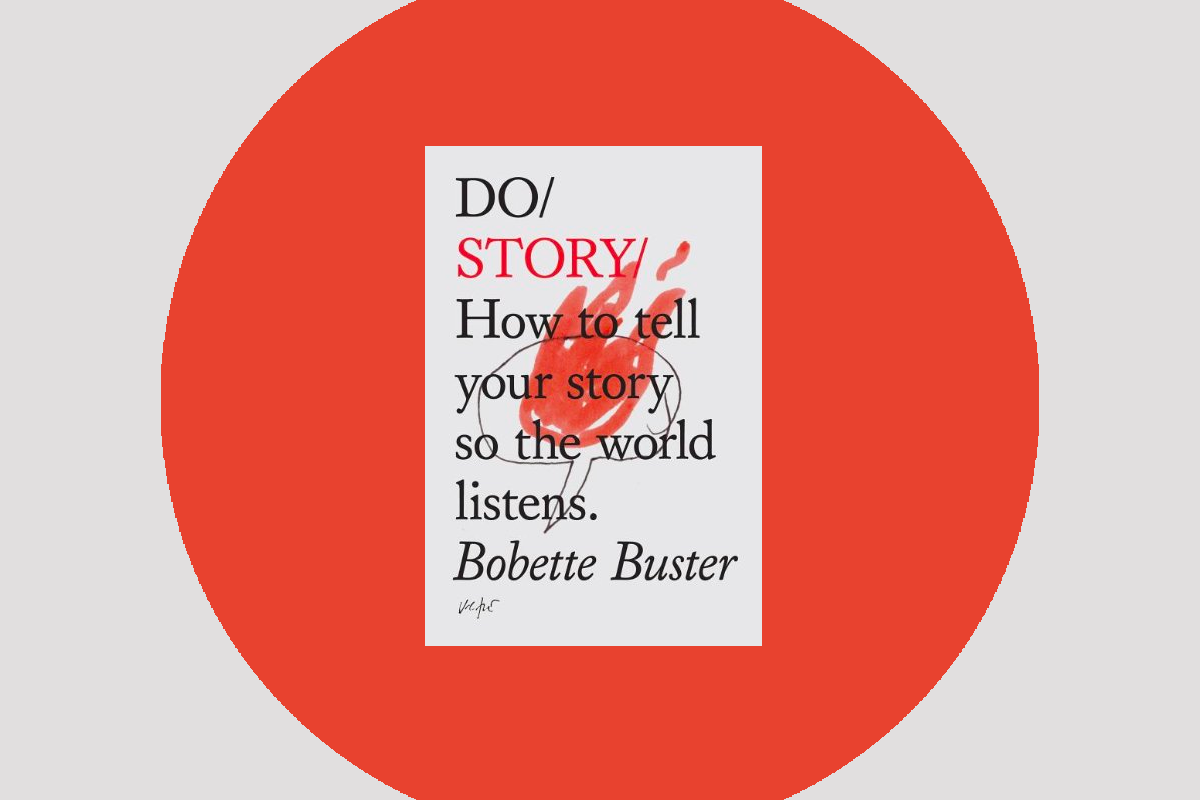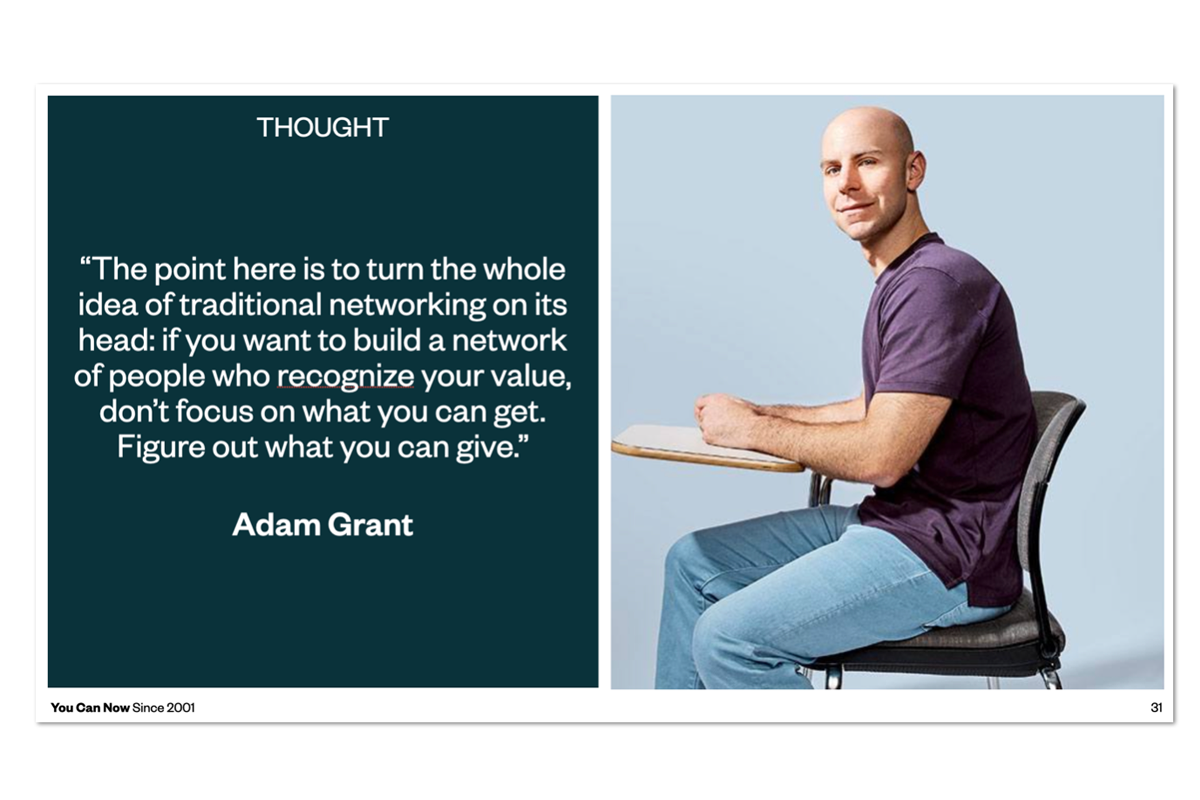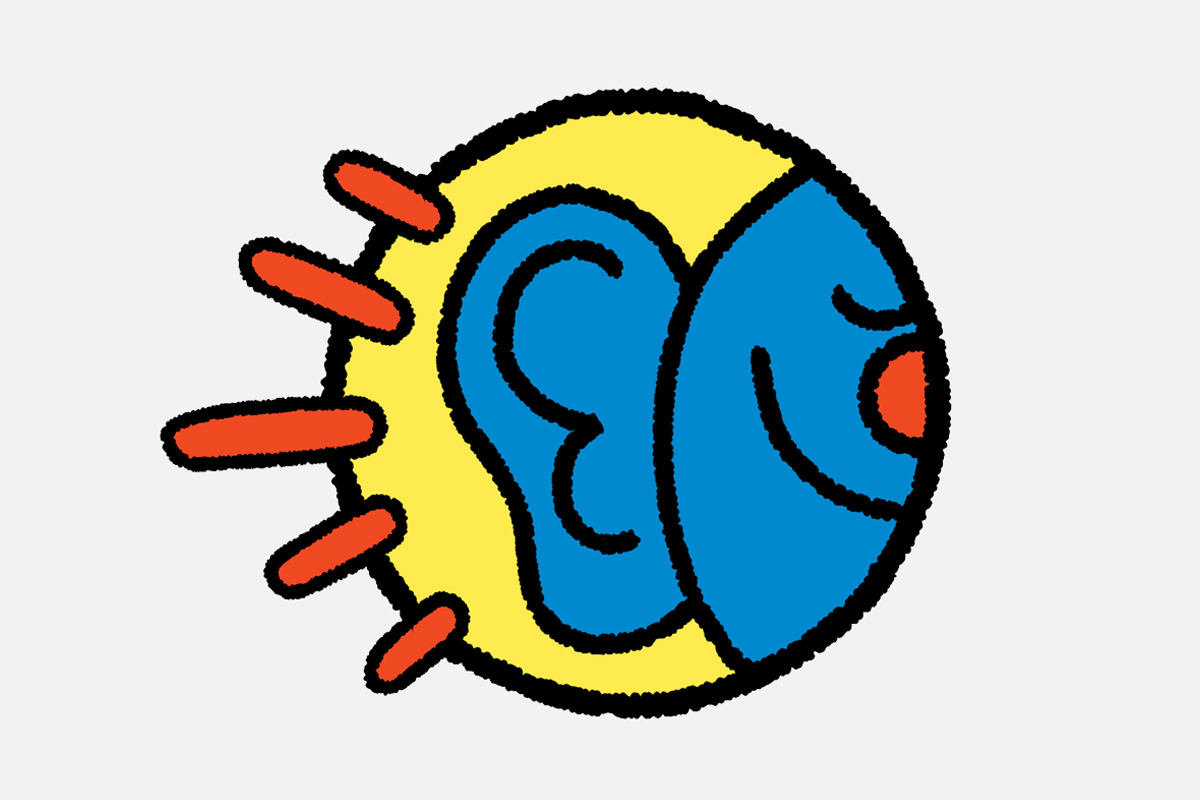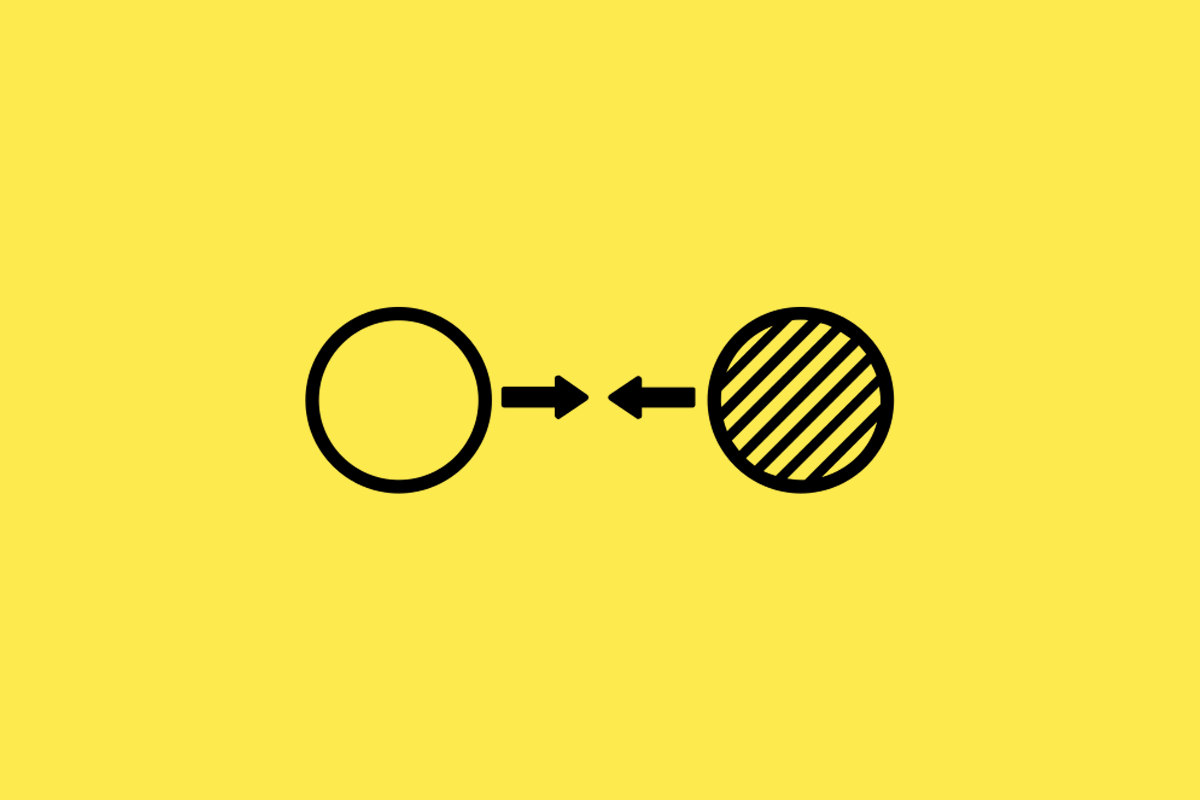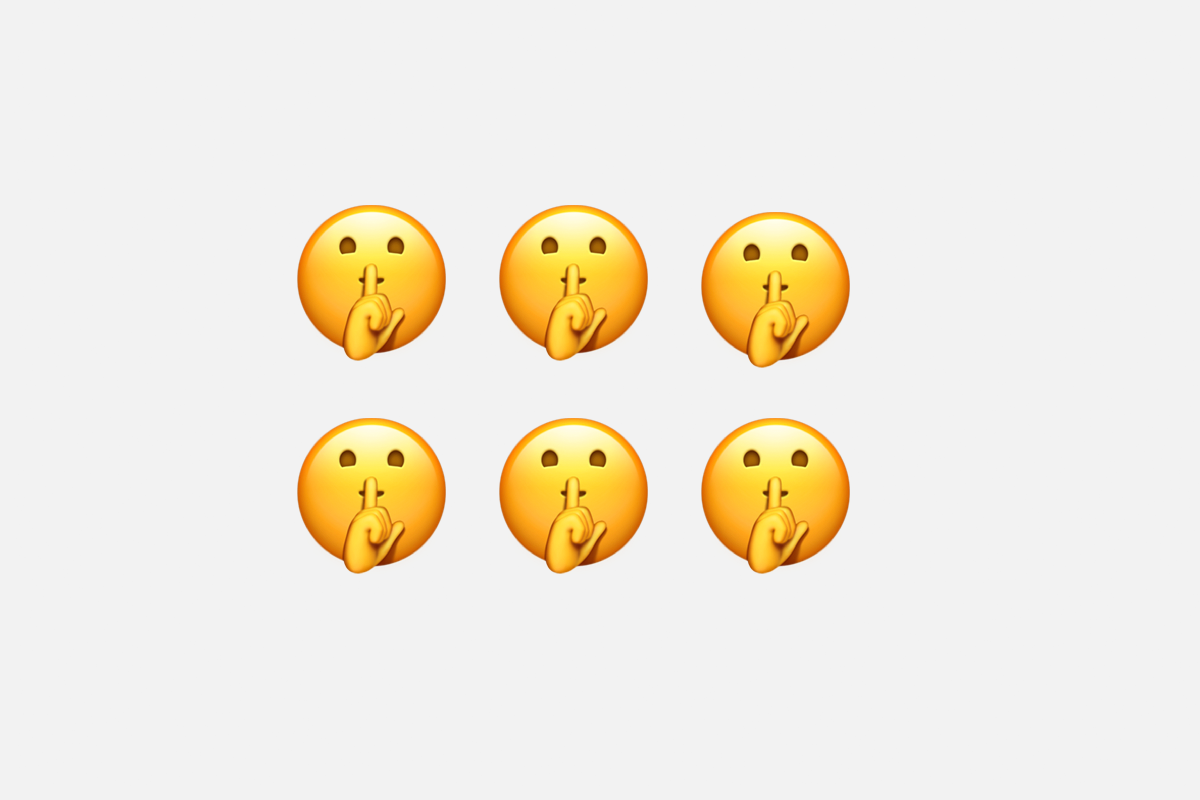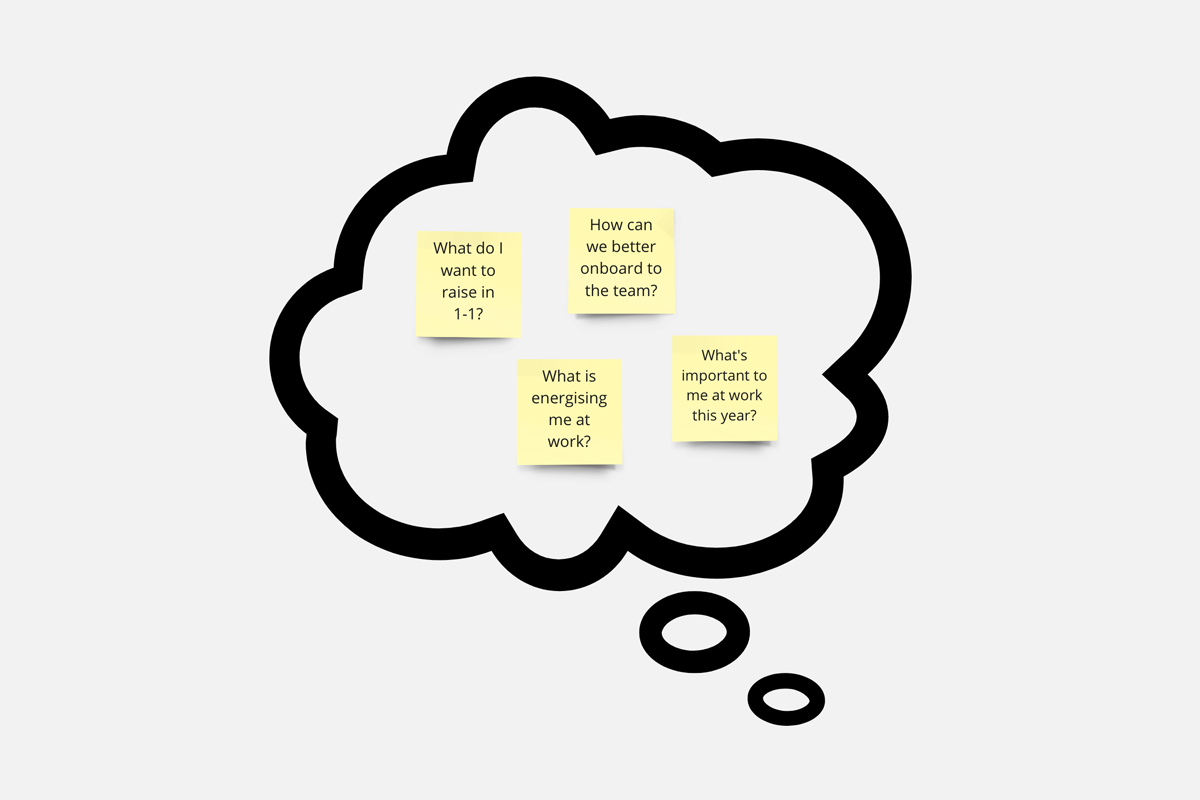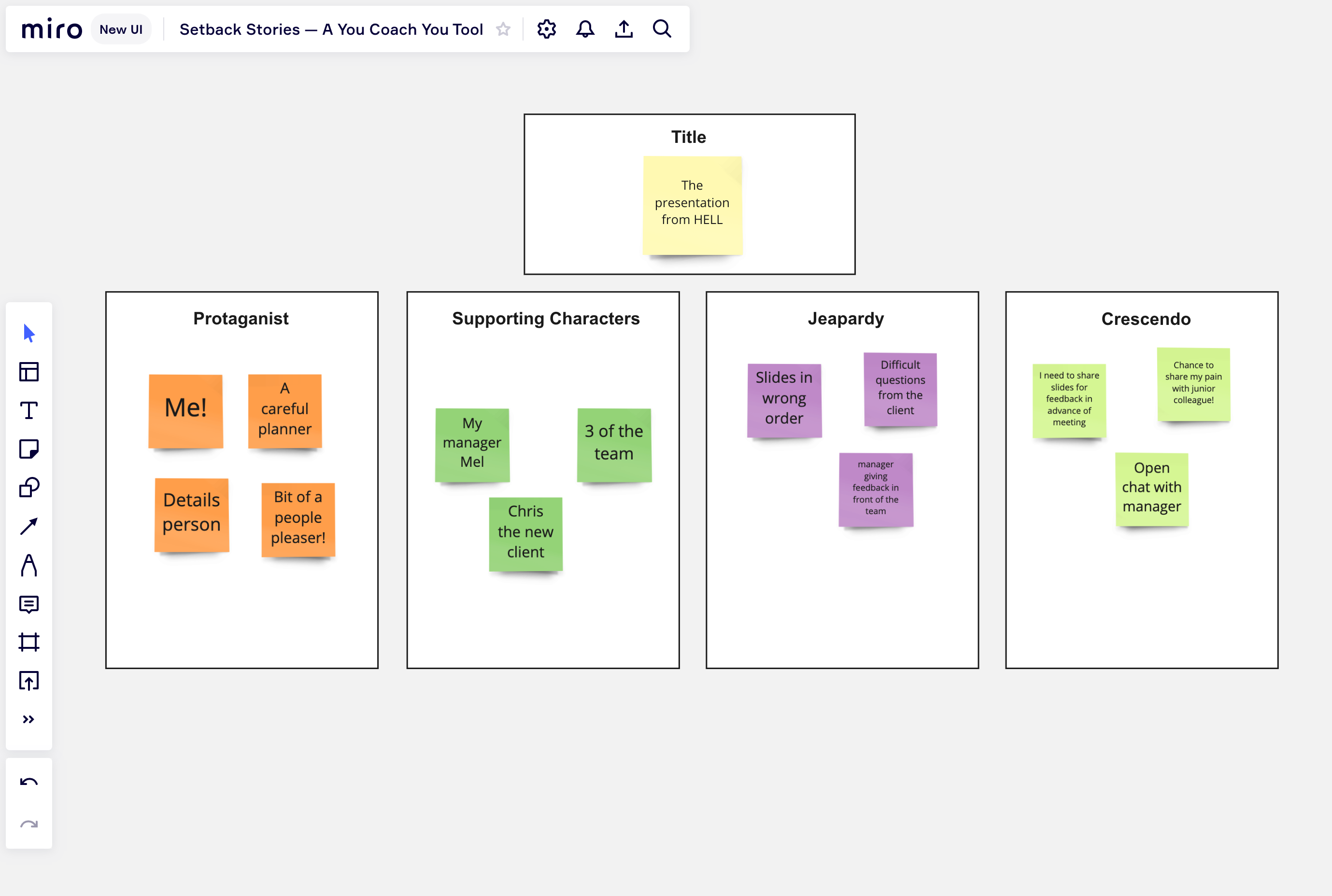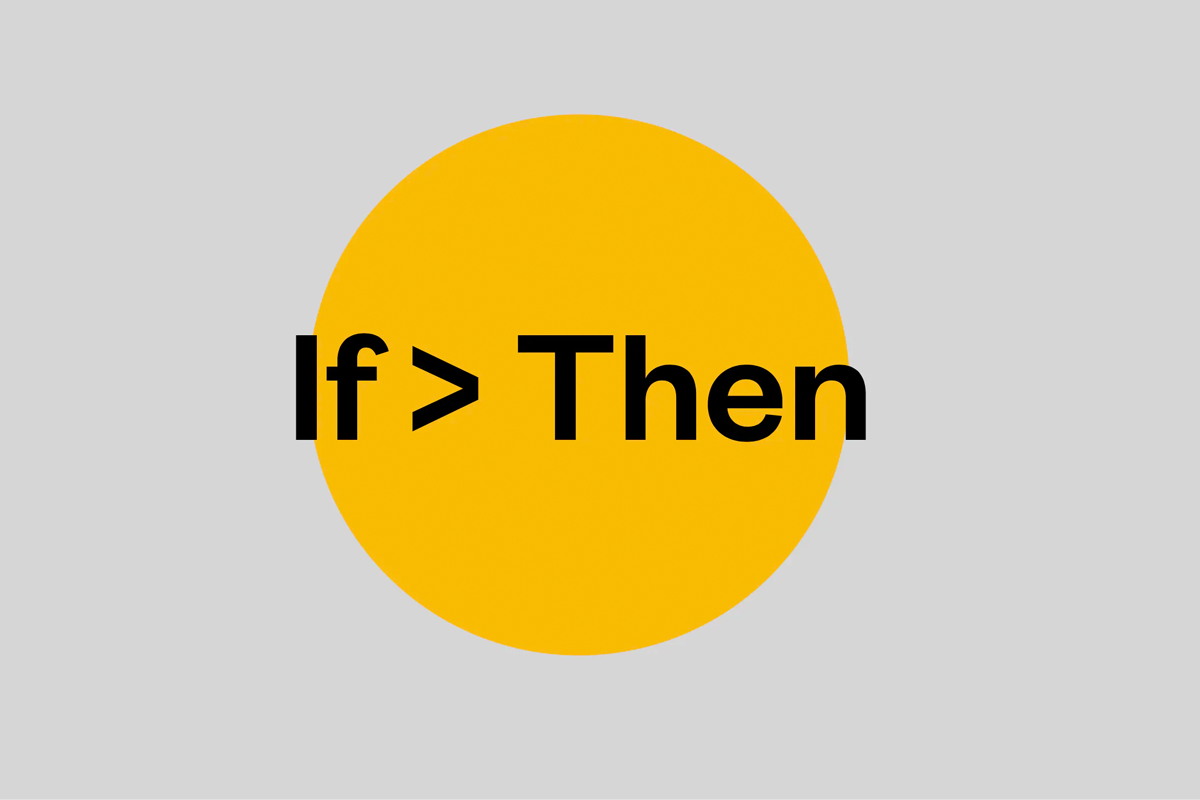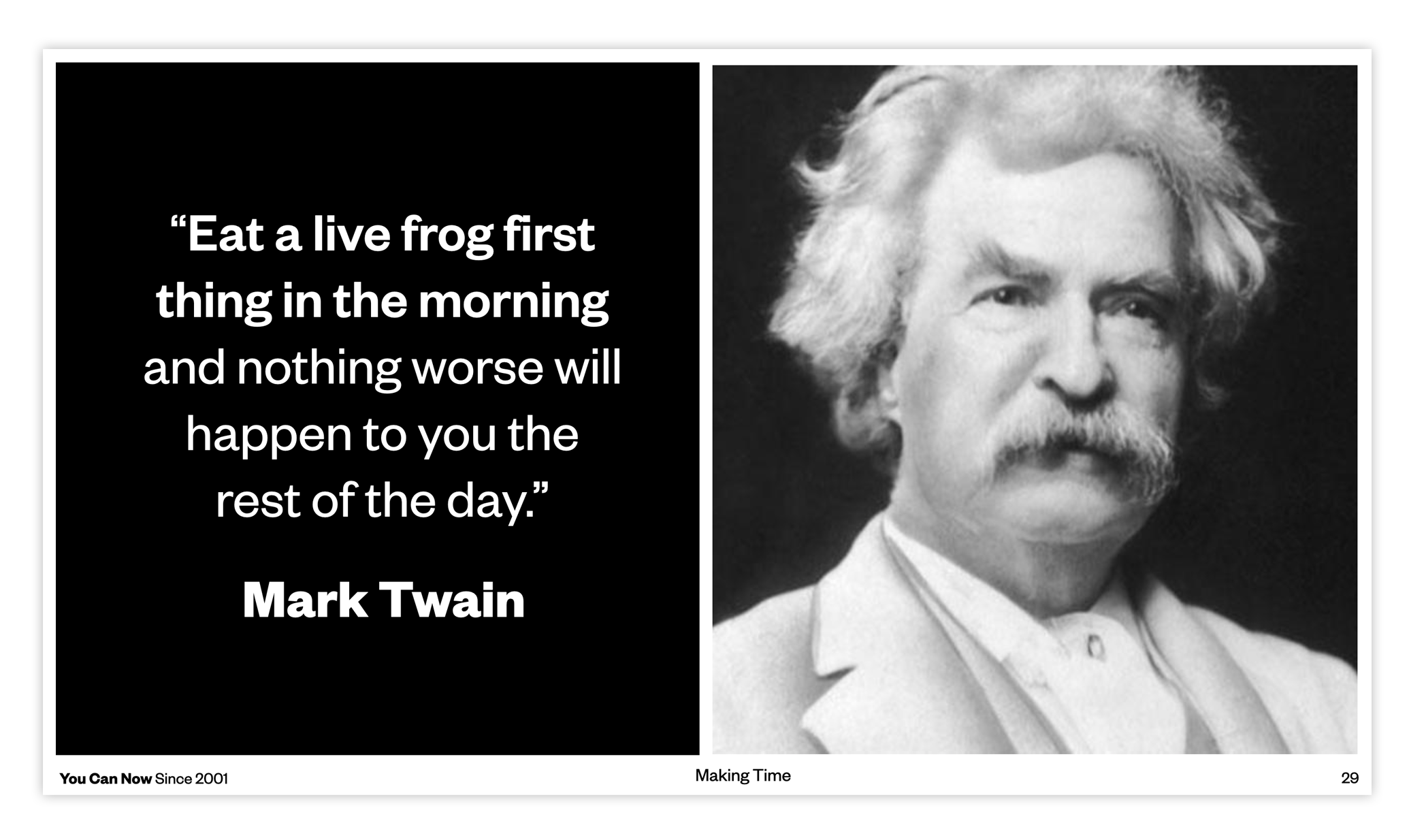For you, new and popular
Everything I Know about Life I Learned from PowerPoint — What we learned and where it led...
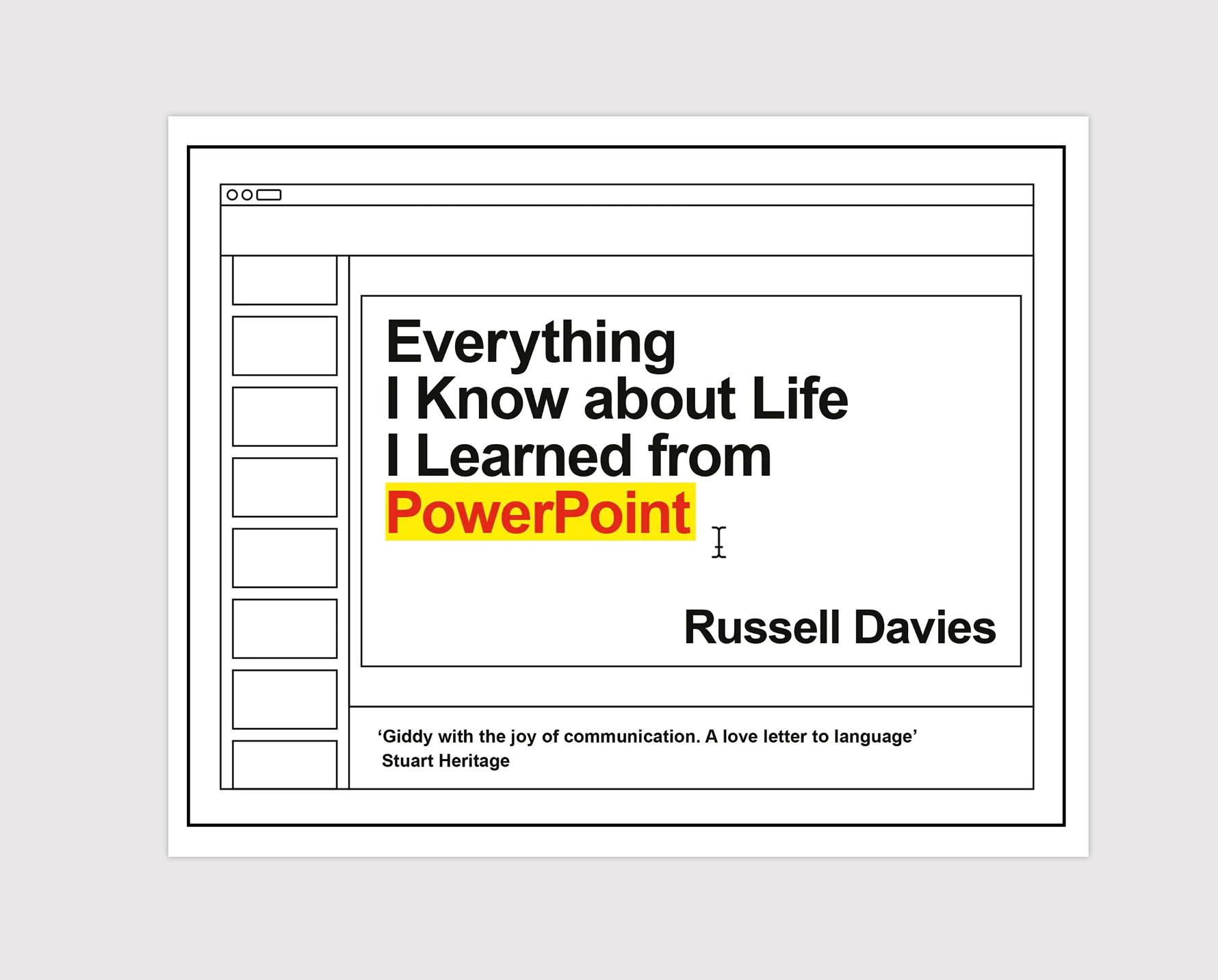
In Everything I Know about Life I Learned from PowerPoint, writer and strategist Russell Davies challenges lots of the unfair lingo lobbed at the presentation software, starting with the perpetually pejorative ‘death by PowerPoint’ accusation — “I couldn’t see why everyone blamed the tool itself. It seemed like blaming pulpits for the boringness of sermons or printing for the tedium of books".
More positively, he offers up some highly practical guidance on modern communications and giving purposeful presentations, all gleaned from many years of sharing his ideas with groups large and small (there's a brilliant bit in the book about presenting the GOV.UK website to David Cameron and his cabinet).
Acknowledging the privilege that able-bodied white men have when presenting, Russell frames his guidance as simply, “a big old pile of things that have worked for me”, sharing what follows as tips and tricks we’re all welcome to experiment with to see what sticks, and with no guarantee that anything will.
Indeed one of the most resounding pieces of guidance shared is to ‘be yourself’ and to put as much as you into your presentation as you possibly can. Or, as Dolly Parton memorably said, “Find out who you are, and do it on purpose.”
In the spirit of experimentation and sharing, below are some of our favourite ideas, takeouts and sparks from Russel's brilliant book — available to buy here, and yours to browse and borrow in the YCN Library.
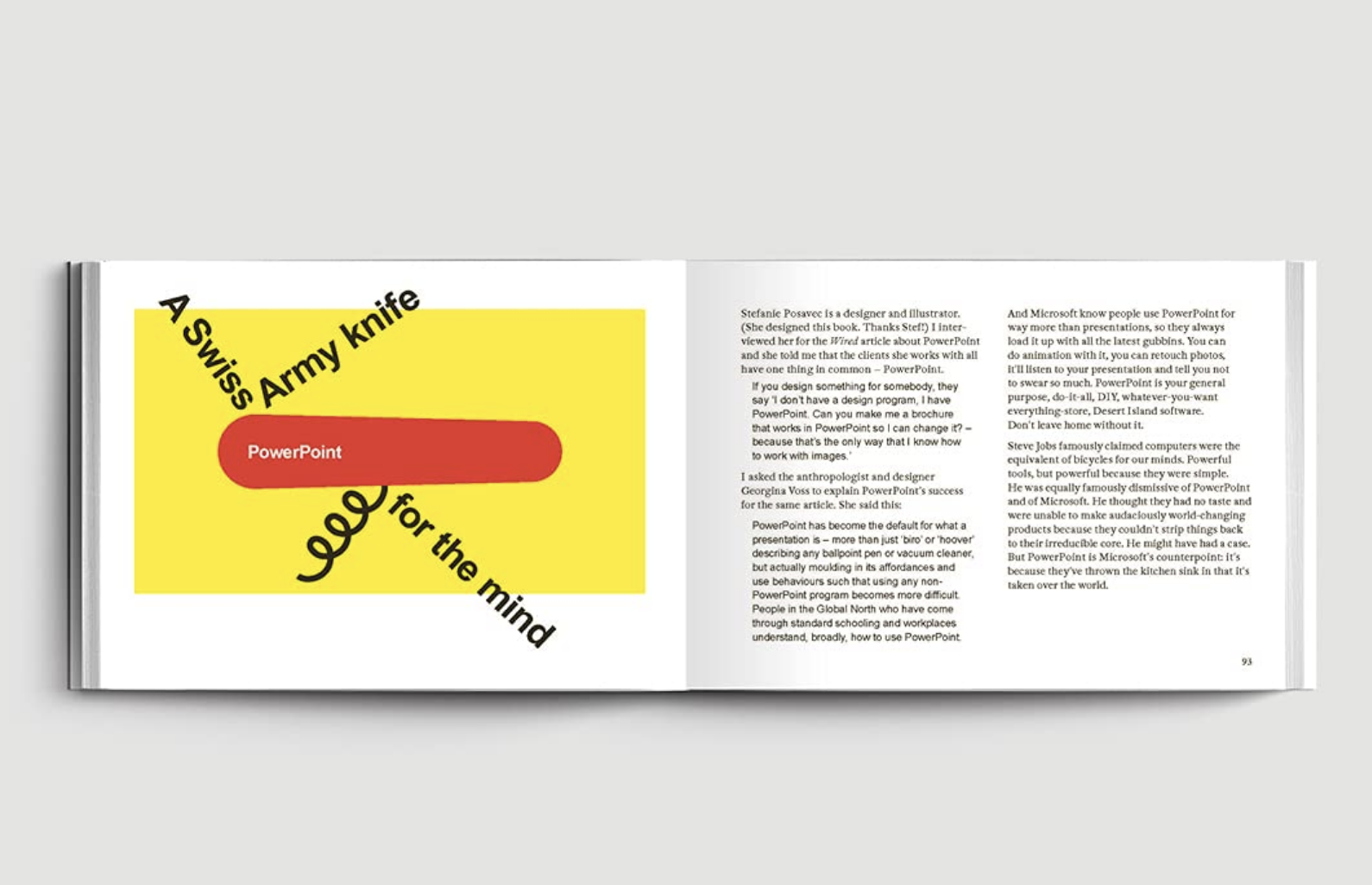
Key advice when presenting:
Divide your presentation into three sections
Make your words short, big and clear.
Don’t have many colours.
Don’t have many fonts.
Practice a lot.
Be yourself.
What we learned and where it led...
There are lots of linguistic tricks available to us for enlivening our presentations; alliteration, rhyming, short sentences, short words, metaphors (we loved Russell’s metaphor for PowerPoint itself: “a swiss army knife for the mind”) and the opportunity to swap complex works for simple ones.
Russell points out the power of the ‘rule of threes’ (echoed by speechwriter Ben Ludlow in this short video). In rhetoric they’re called tricolons; for example Snap, Crackle and Pop, or Blood, Sweat and Tears. Threes just work (perhaps it’s to do with the cadence of gaps in between them).
And there’s something neat called a ‘molossus’ too. That’s three single-syllable words used together; like Yes We Can, DuckDuckGo or You Can Now (of course).
Russell makes an interesting point on the rule of threes — our ears have been trained to expect a list of threes to come in a particular order, shortest items first and longest last.
EG: I came, I saw, I conquered. Or, Crash, bang, wallop. Or, Mad, bad and dangerous.
He points out in the book how it niggled him during lockdown that ‘Stay home. Protect the NHS. Save lives’ would have been better as ‘Stay home. Save lives. Protect the NHS’.
Threes work best like that — Short, short, long.
But don’t forget those facts alongside that rhythm. Here’s Russell: “Facts. I hope you’ve got some facts…..facts are an astoundingly effective way to persuade people to do stuff. A fact per slide is a good rule of thumb.”
The role of practice in preparation of a presentation is heavily emphasised in the book, and a rule of thumb shared is that you should spend at least one hour practicing for every one minute you’ll be presenting.
A great quote to back this up comes from magician Teller, one half of US duo Penn & Teller: “Sometimes magic is just spending more time on something that anyone else might reasonably expect."
When it comes to preparing Russell recommends using index cards (YCN partners will know how much we love an Artefact card) to map out key points, shifting them around and keeping in mind that “a slide is a unit of thought.” Russell also recommends using one of these Moleskine storyboarding notebooks
When it comes to time spent presenting, the advice is to only ever talk for 20 minutes, as sustaining people’s attention beyond that is very hard indeed. And if you’ve agreed to speak for longer than that, then break your talking up into chunks, and put some breaks in the gaps. You could give the audience a chance to let their minds wander, set them a breathing exercise, reflection questions or other kinds of interaction. The key principle is that you're actively managing their attention.
Avoid the bad habit of writing simple section headings (Targets, Objectives, Next steps etc...), and put the important information into a headline instead. Think how newspaper editors do it — the front page headline would appeal to the curiosity of readers by stating ‘Killer strikes again’ rather than ‘Crime update’.
Russell believes that often the hardest part (and also the most important) to get right in your presentation is the end; referring to Daniel Kahneman’s Peak End Rule and how people tend to judge an experience by how it feels at it most intense moment and at it’s end. We bias our memories towards endings of experiences, and knowing this can help us get creative and intentional about how we end a presentation.
It’s apparently one of Pixar’s storytelling rules “Endings are hard, get yours working up front.” Russell invites us to reflect on what it is we’re asking for, or the change we’re demanding from our audience. And to make that ask explicit in our endings. “Make your ending your ask. And during the course of your presentation supply enough information to make that ask seem entirely reasonable. Easy!”
Three ways to end well according to Russsell:
— Do it earlier than expected (they’ll thank you for it).
— Sum up (a trick that Russell uses is to play a video that flashed through every slide of his presentation).
— Get them to clap (it always feels good).
And when it comes to beginning your presentation, you might just want to tell people what you’re going to say at the end (or at least allude to it). This is a simple and winning approach (and one that Sam Leith memorably spoke about in relation to writing when speaking at YCN about his book Write to the Point). Russell quotes Sam in his own: “Closing where you opened doesn’t cost much mental energy, and the payoff can be considerable. Even if what’s in between is a bit of a ramble, the sense of closure it brings will leave your readers with the impression of something neat and well-made."
And here's a useful tip on beginnings from Russell: "Start with a list of the things you’re not going to cover….start by saying: this is what we’re going to cover and this is what we’re not…..It’s all fascinating but I had to leave stuff out.”
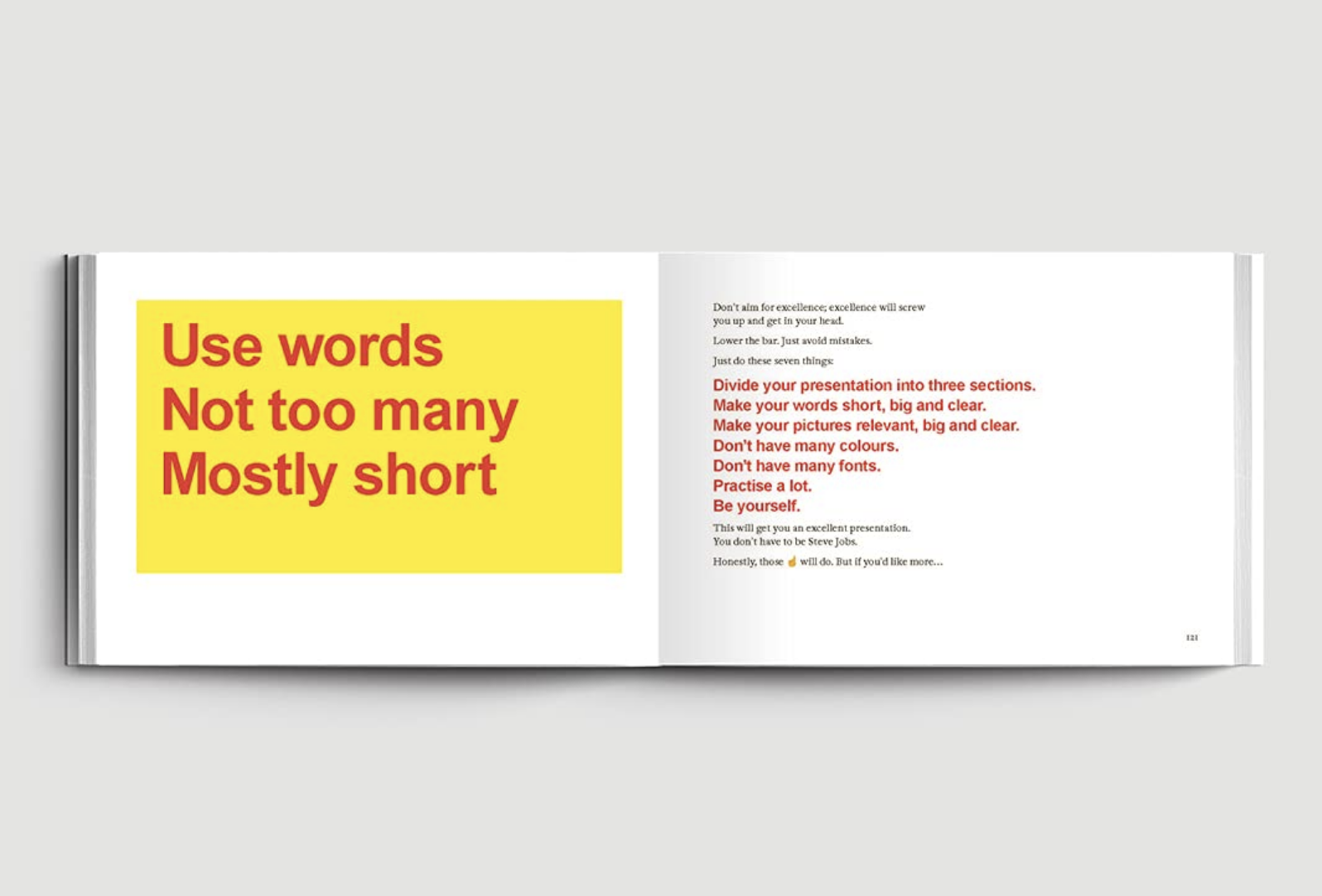
More good stuff
If you've not seen the surreal and splendid SoftBank powerpoint slides — referenced in the book and favoured by CEO Masayoshi Son — you can find them here.
Dolly Parton's perspective on authenticity ties in with smart thinking shared by strategist Jim Carroll on leadership and the 'amplified self' in this filmed interview with Neil Perkin for Google Firestarters.
The designer of the book Stefanie Posavec has lots more great work to see here.
At his own website Russell links to tonnes of references that pepper the pages of his book.
PowerPoint inventor Robert Gaskins wrote an intriguingly named book of his own. It's called Sweating Bullets, which pairs perfectly with Russell's and sits next to it in our Library.






